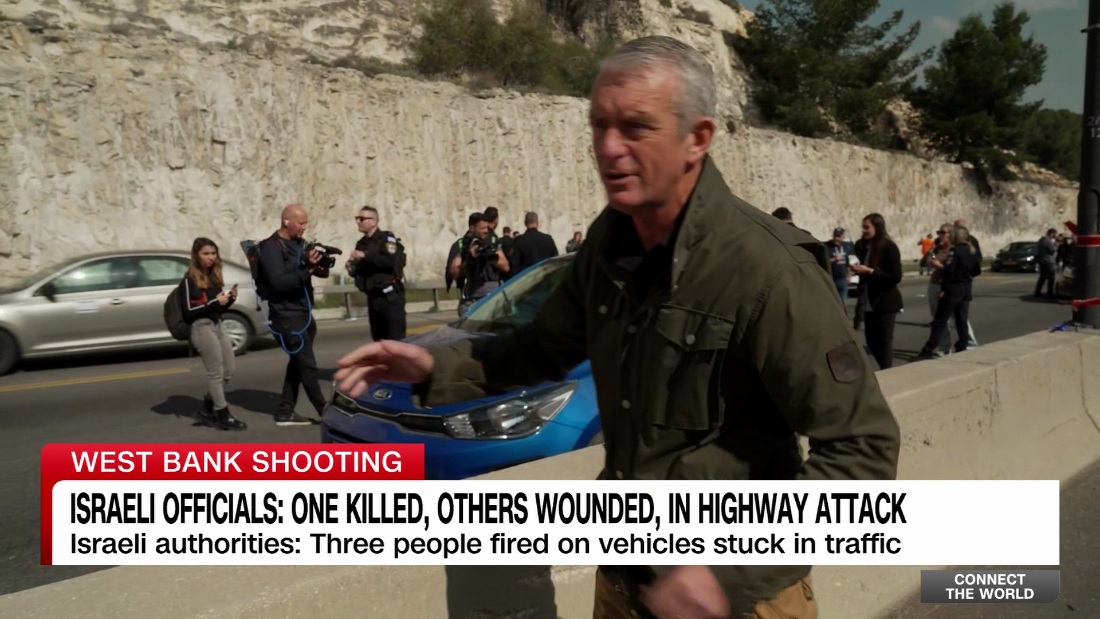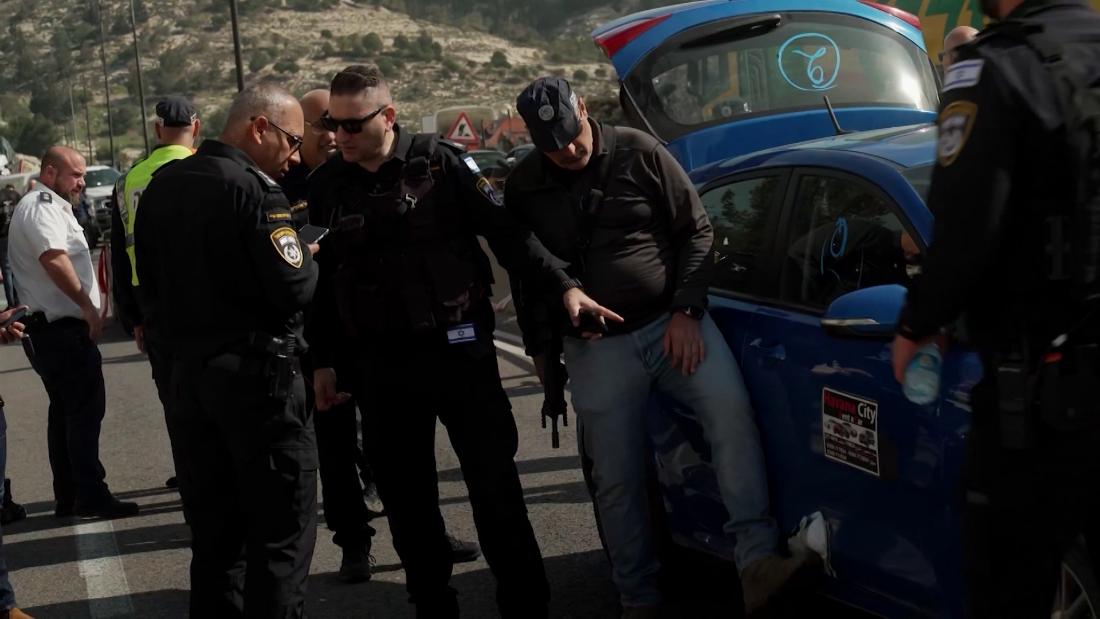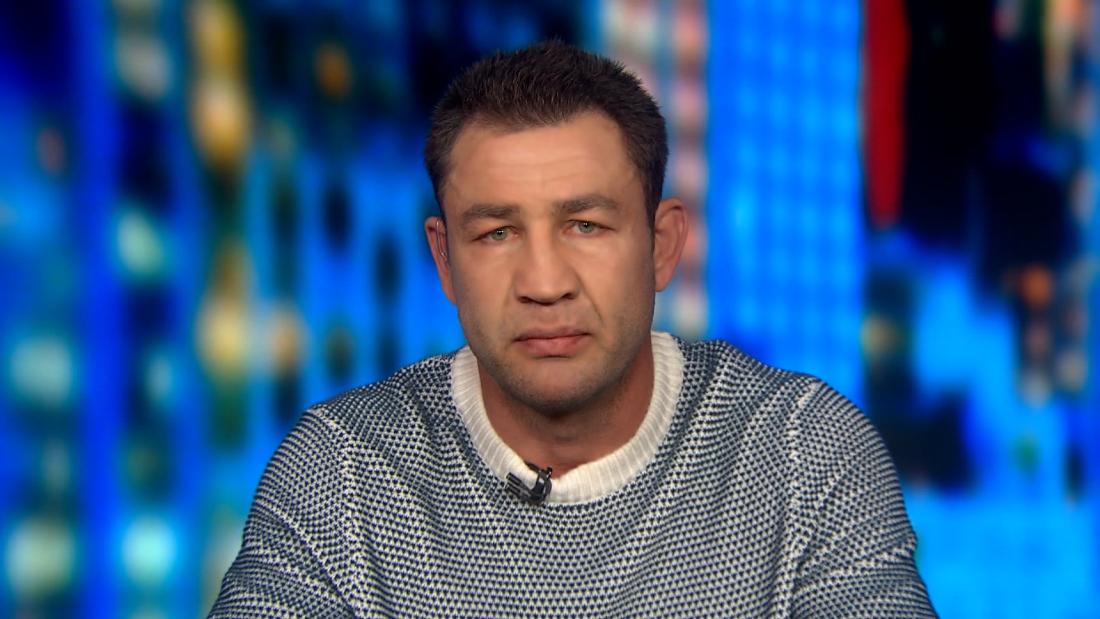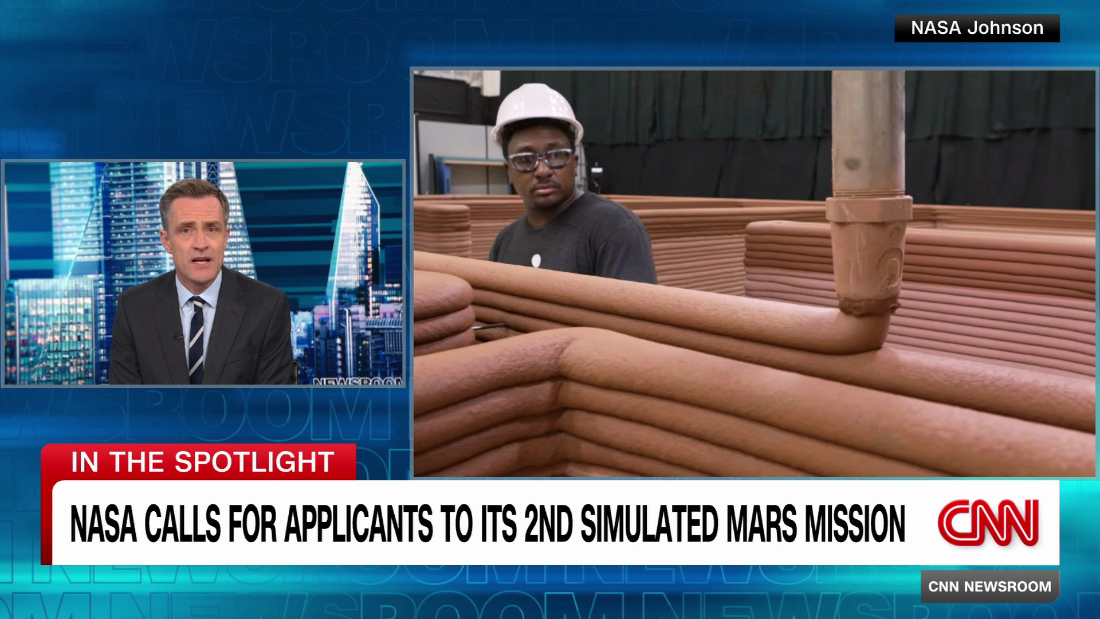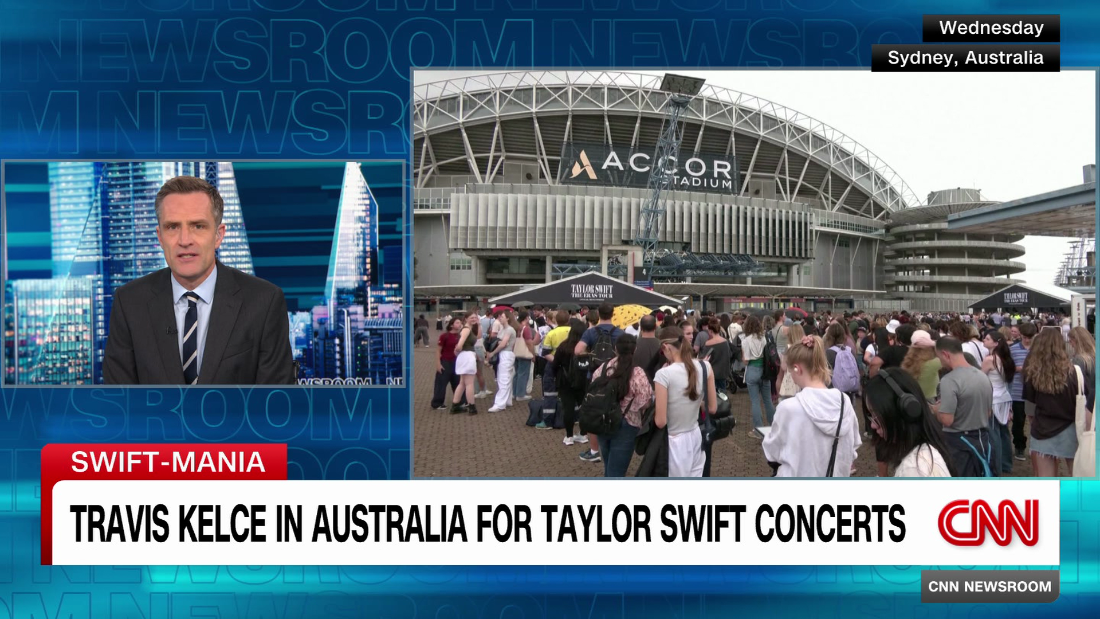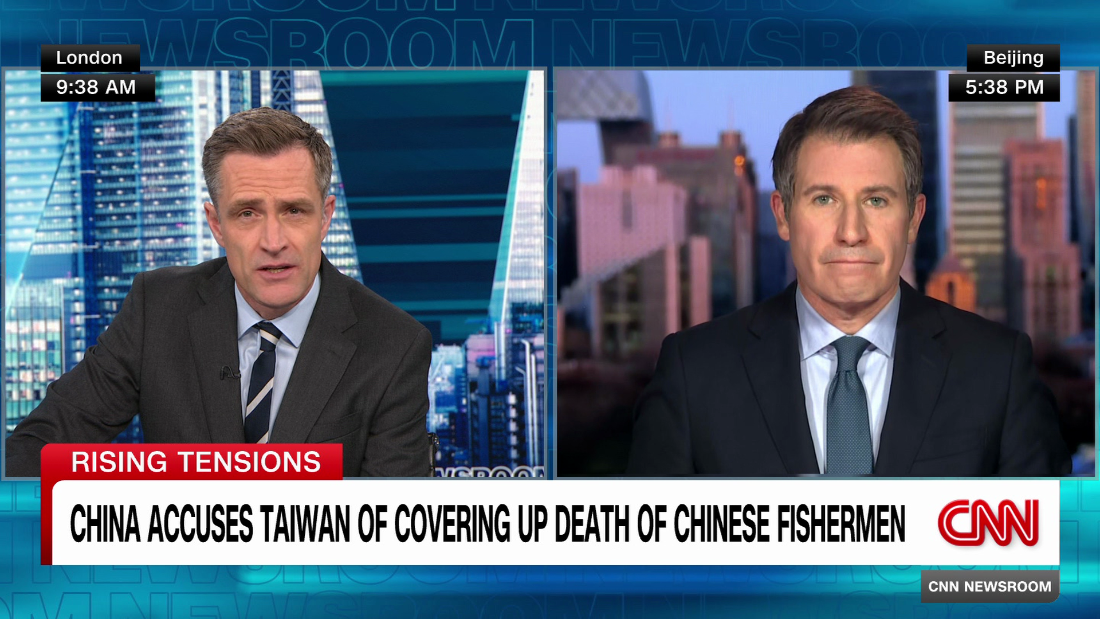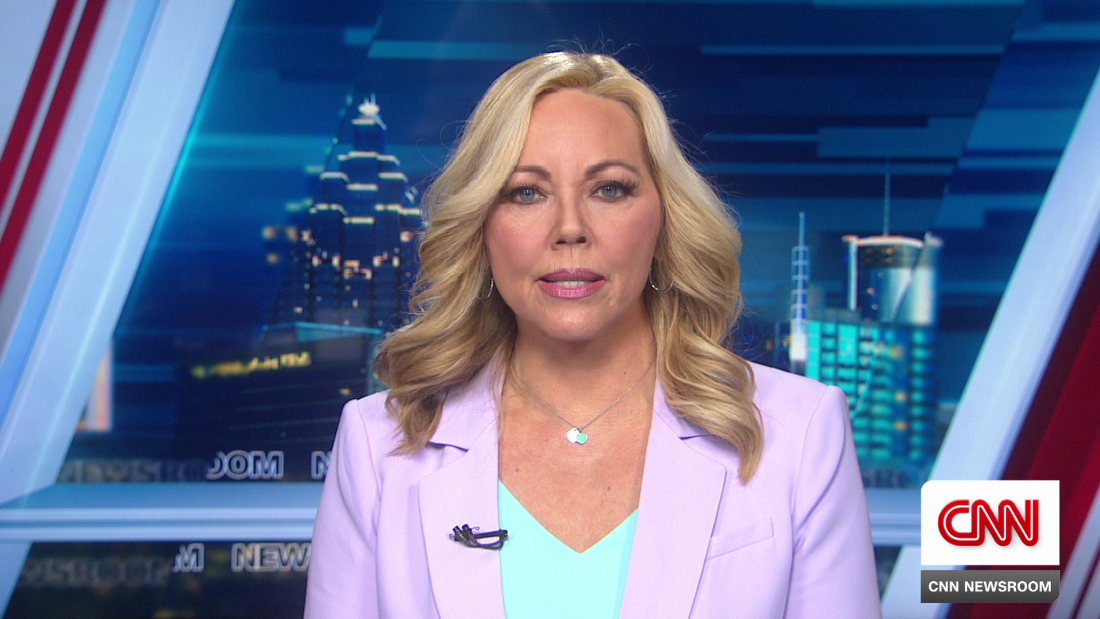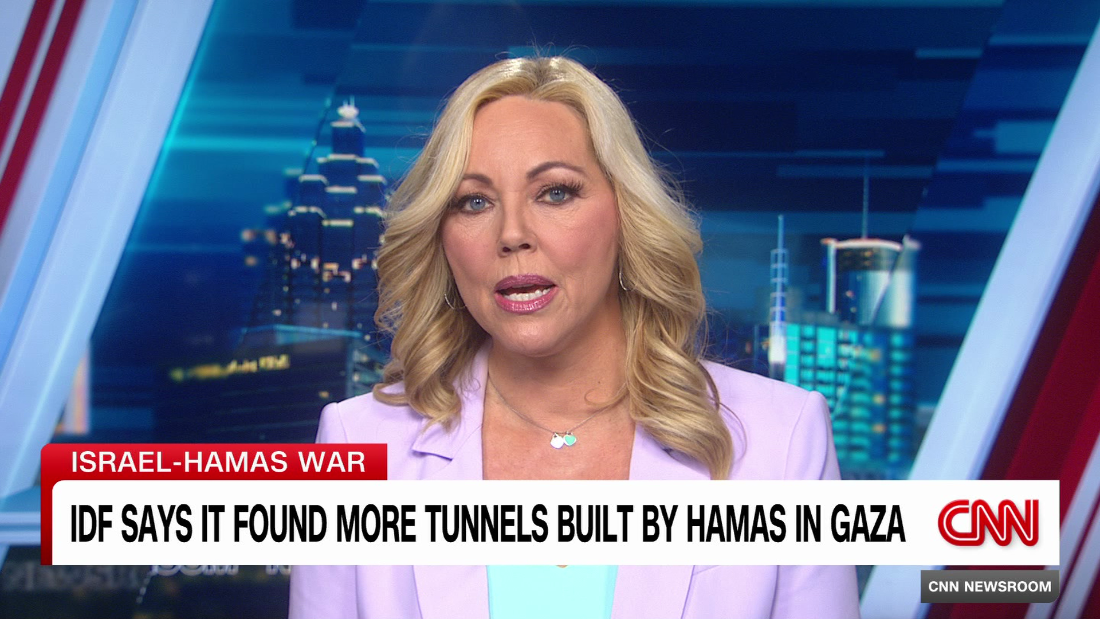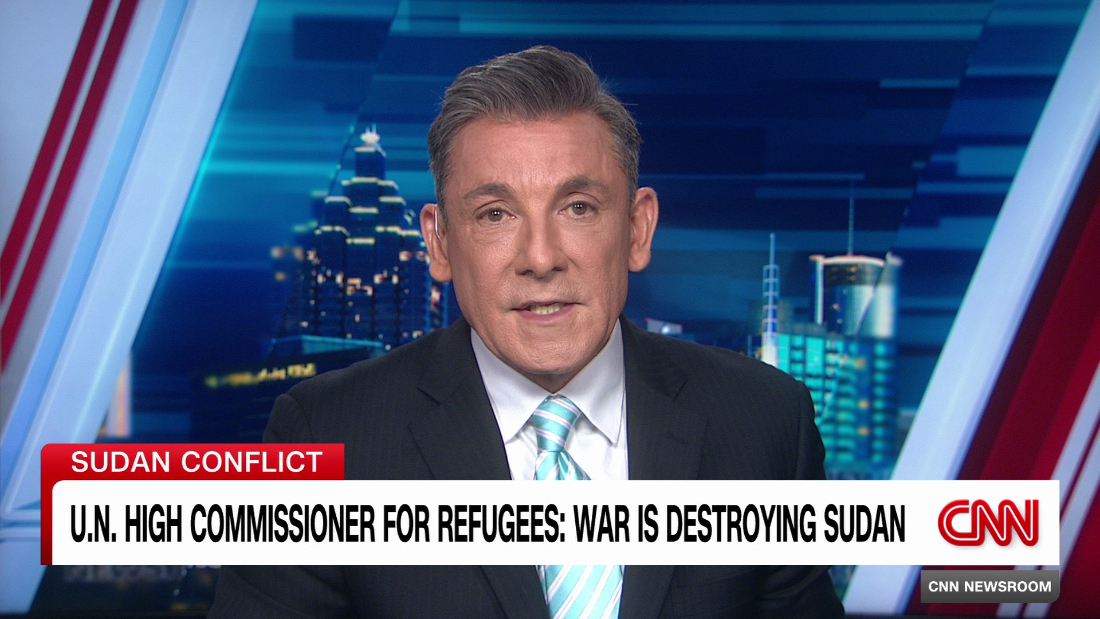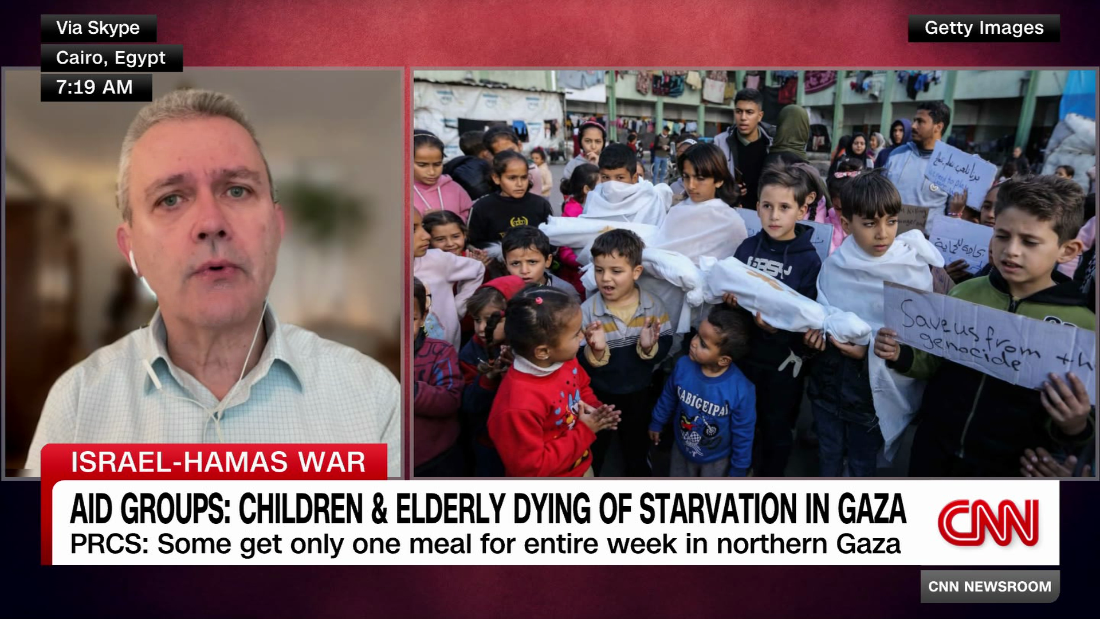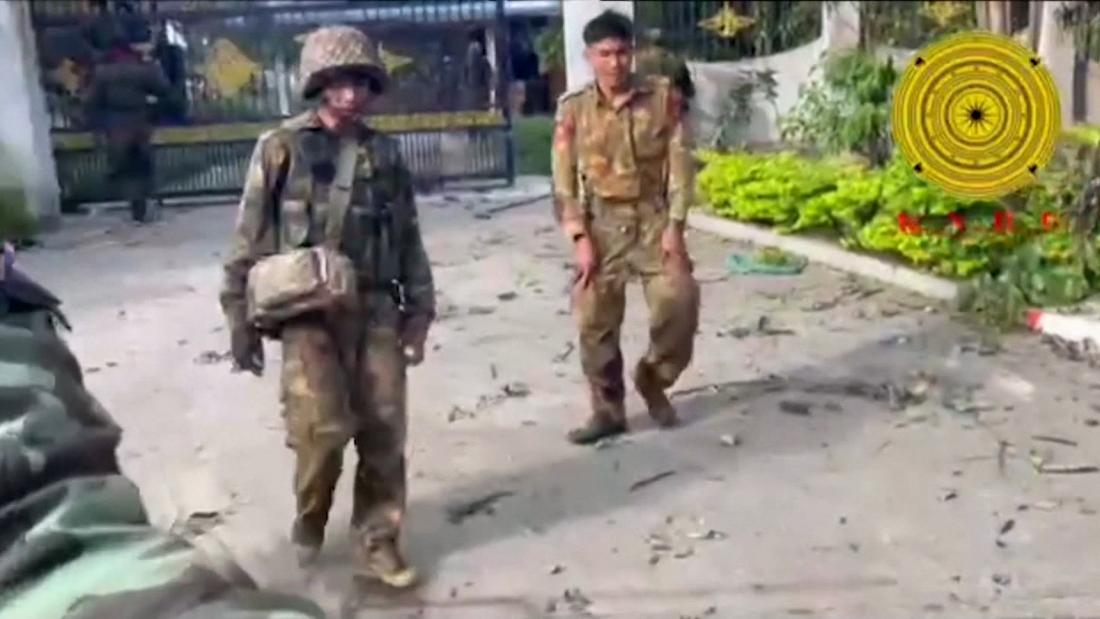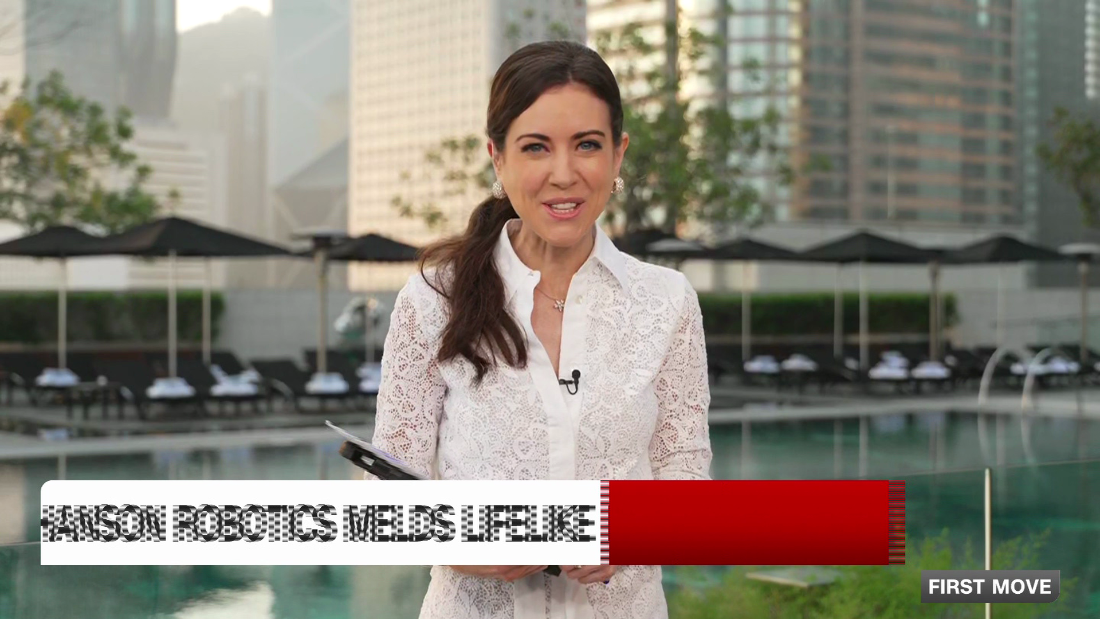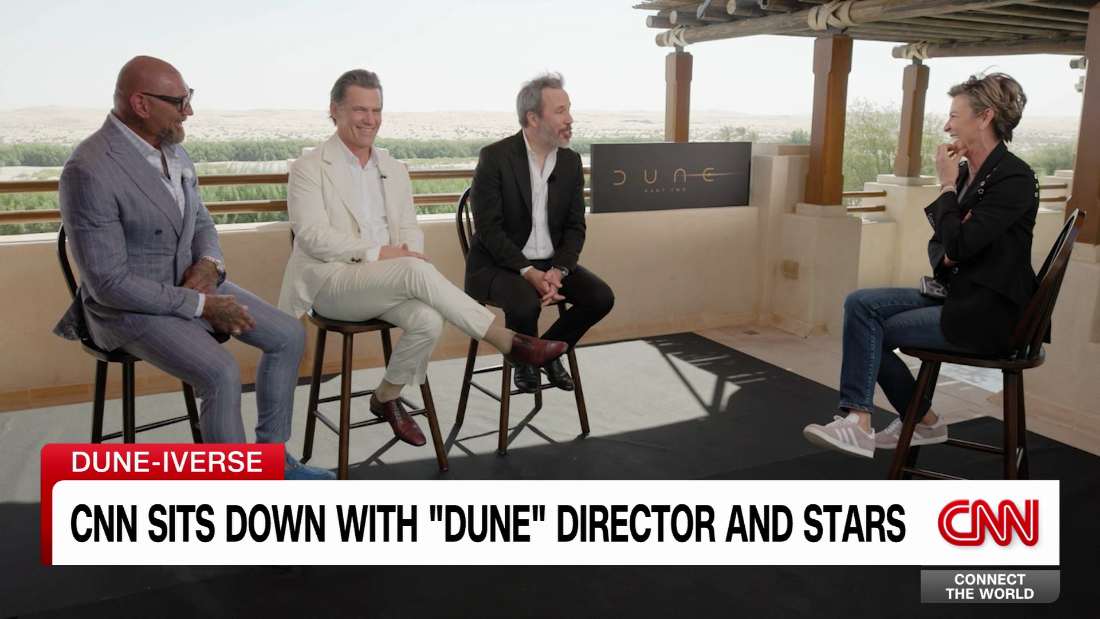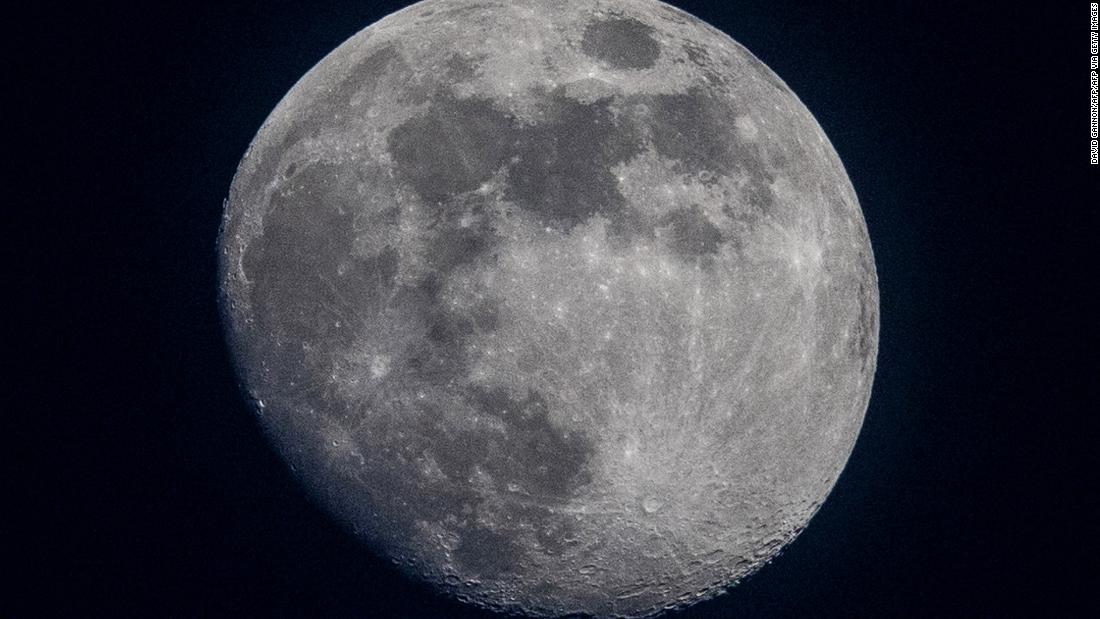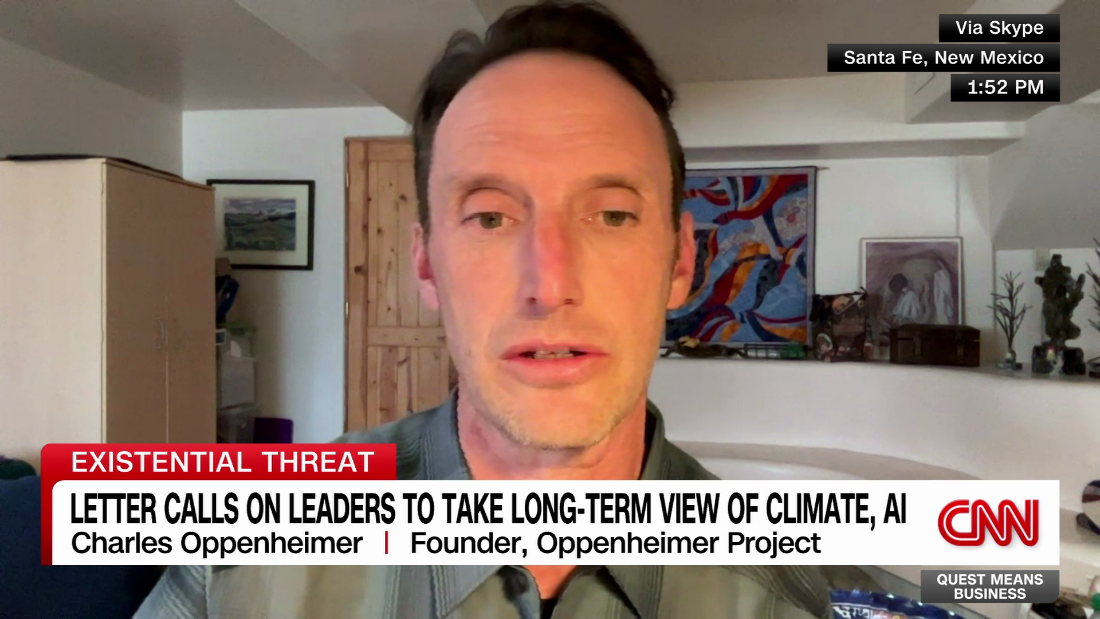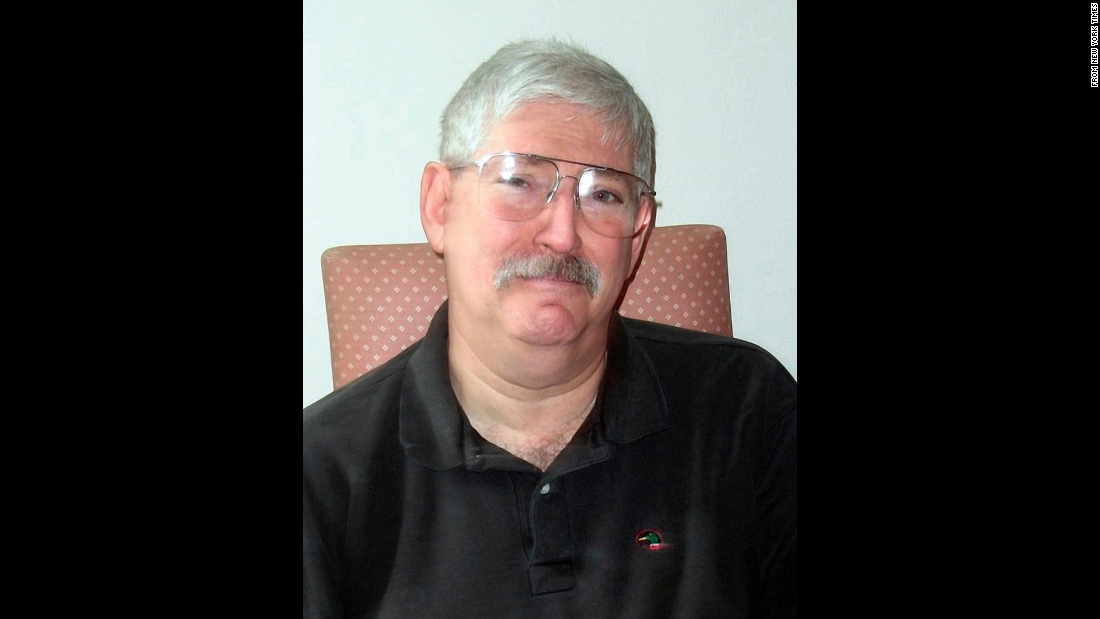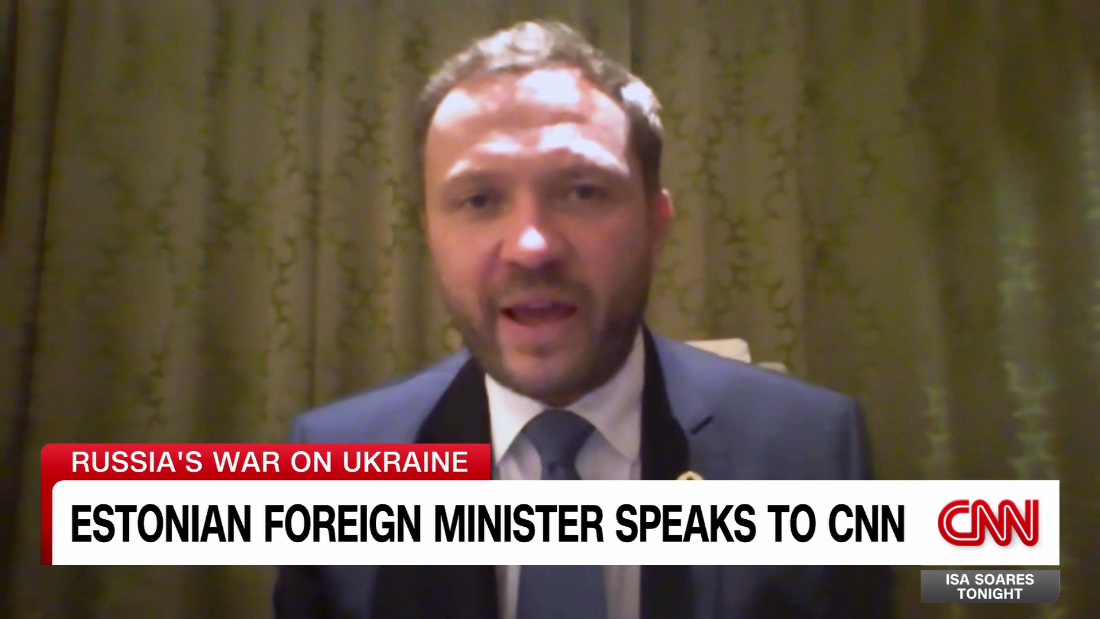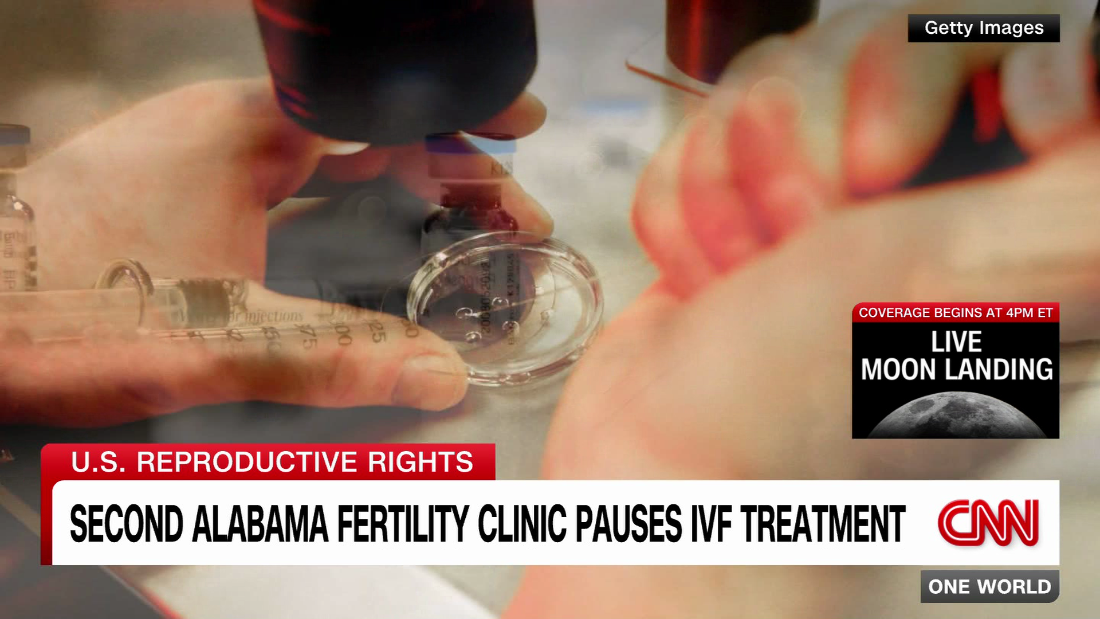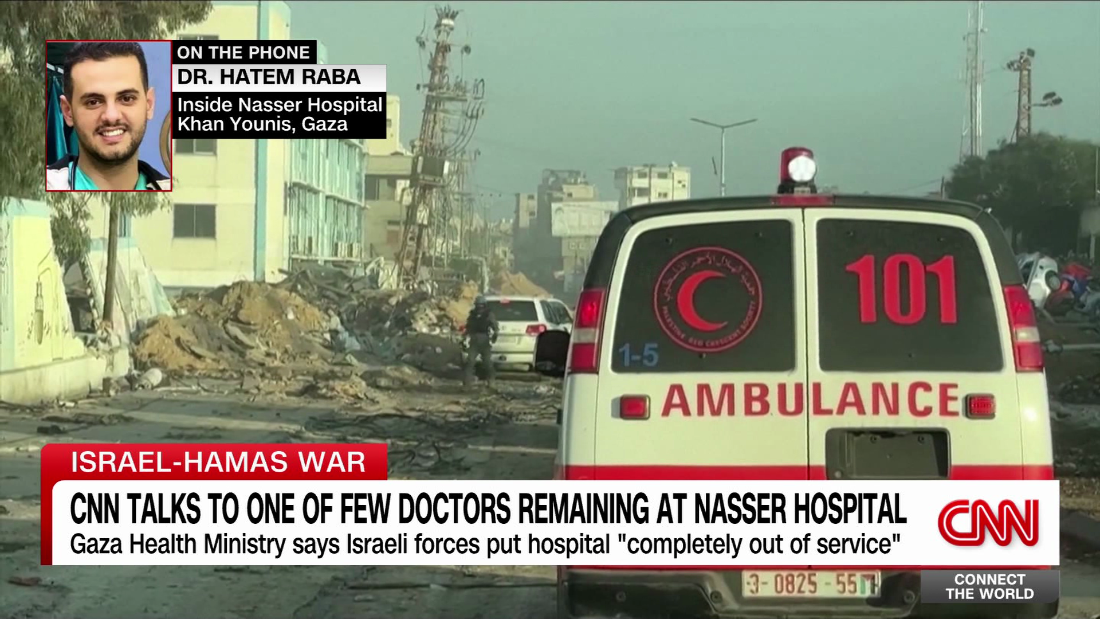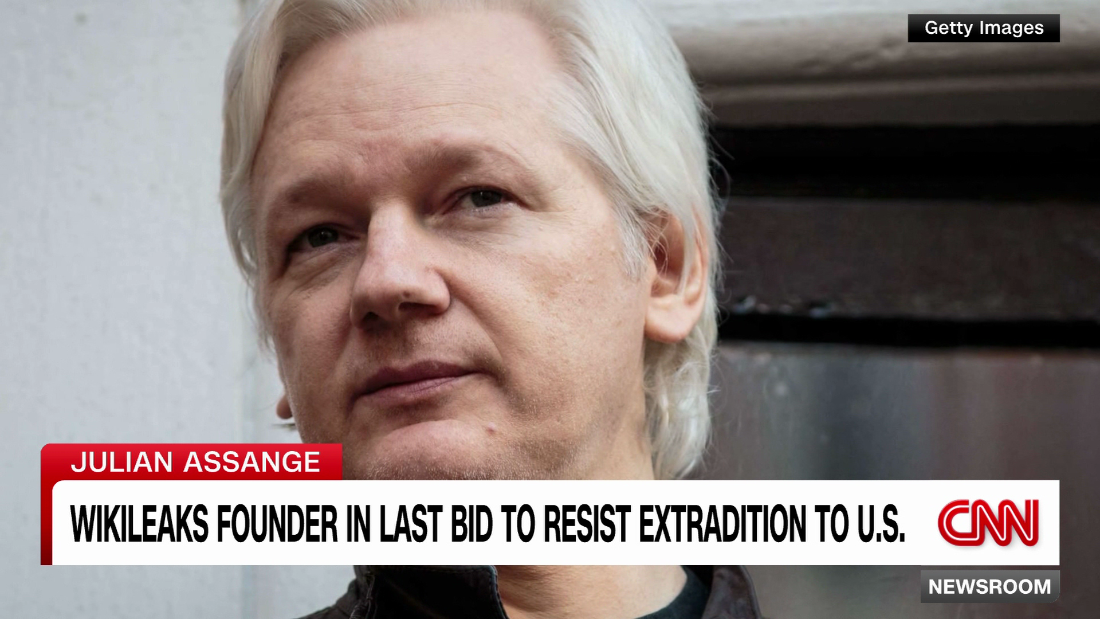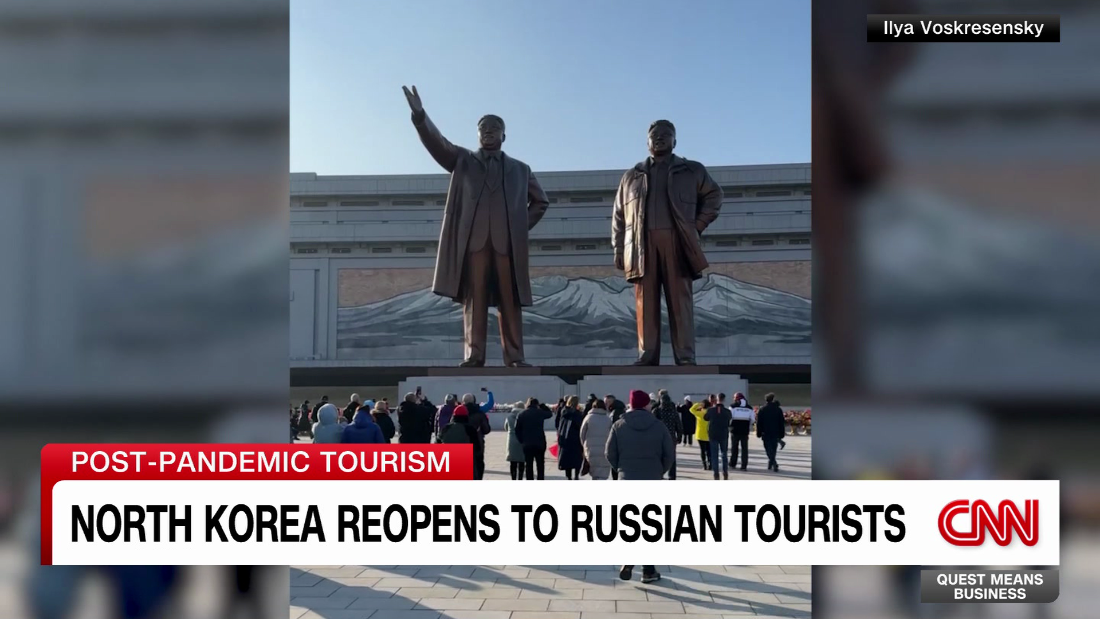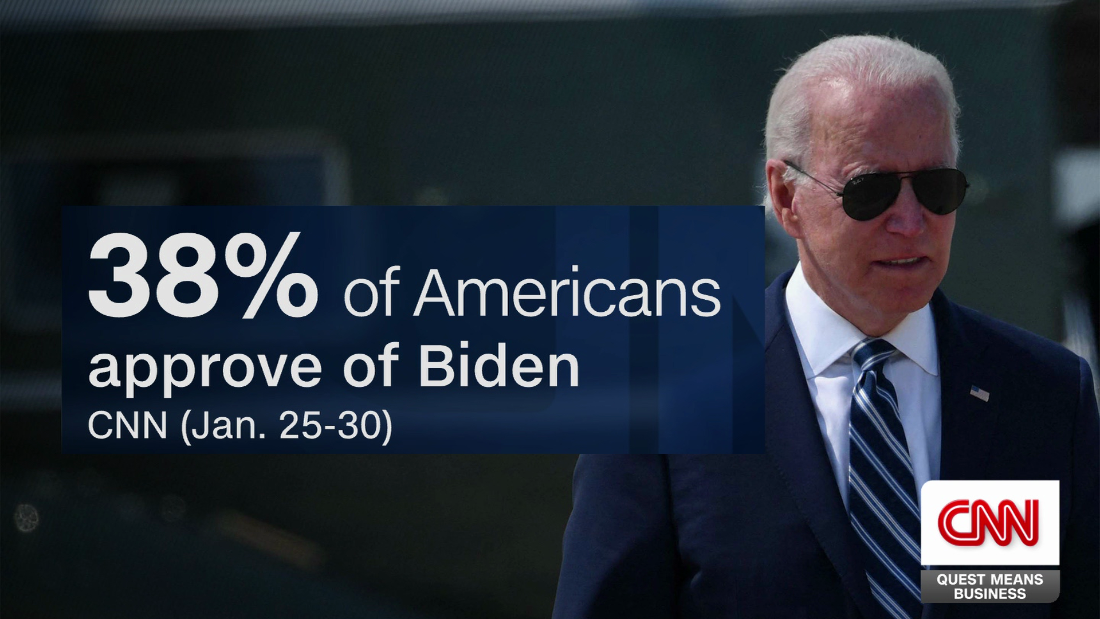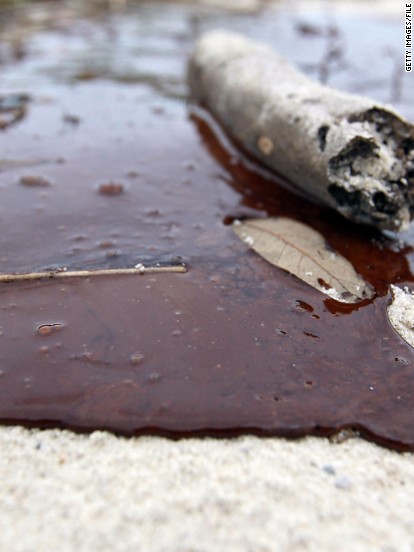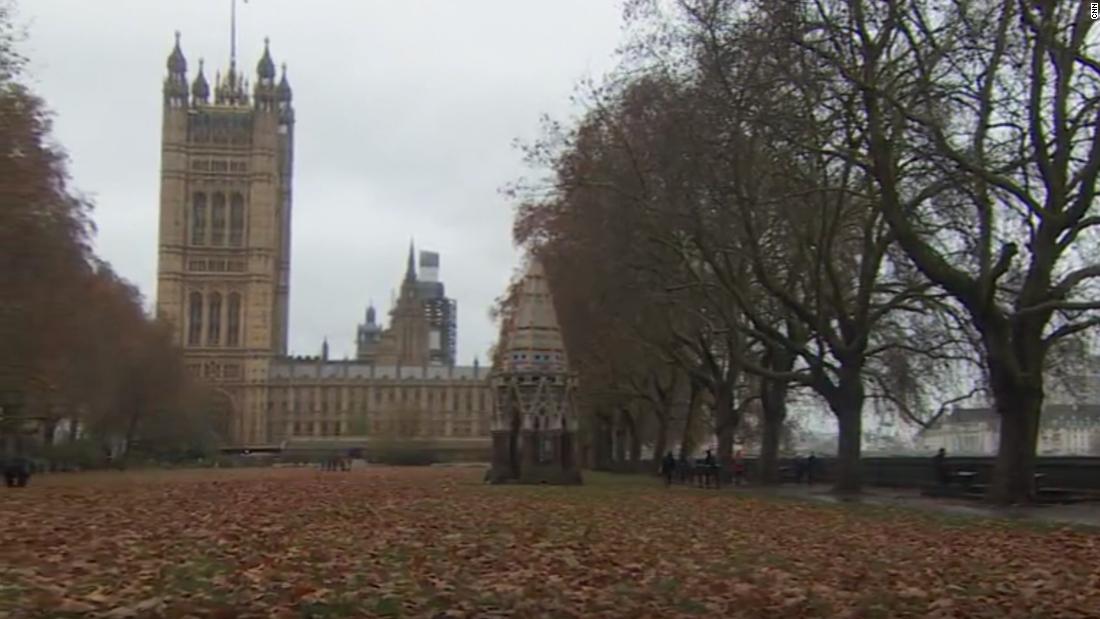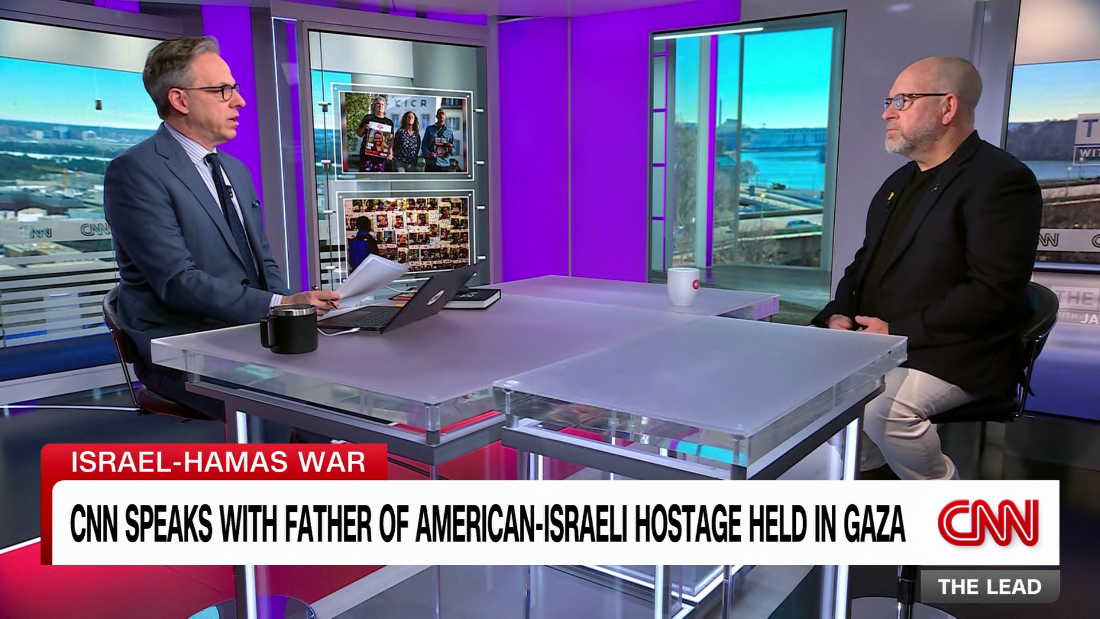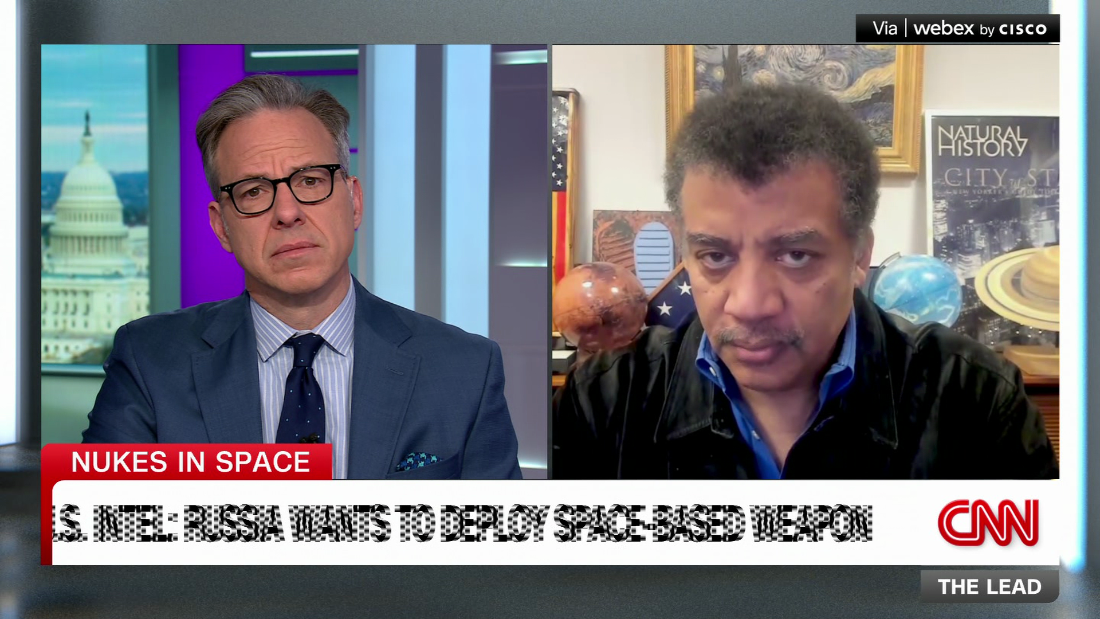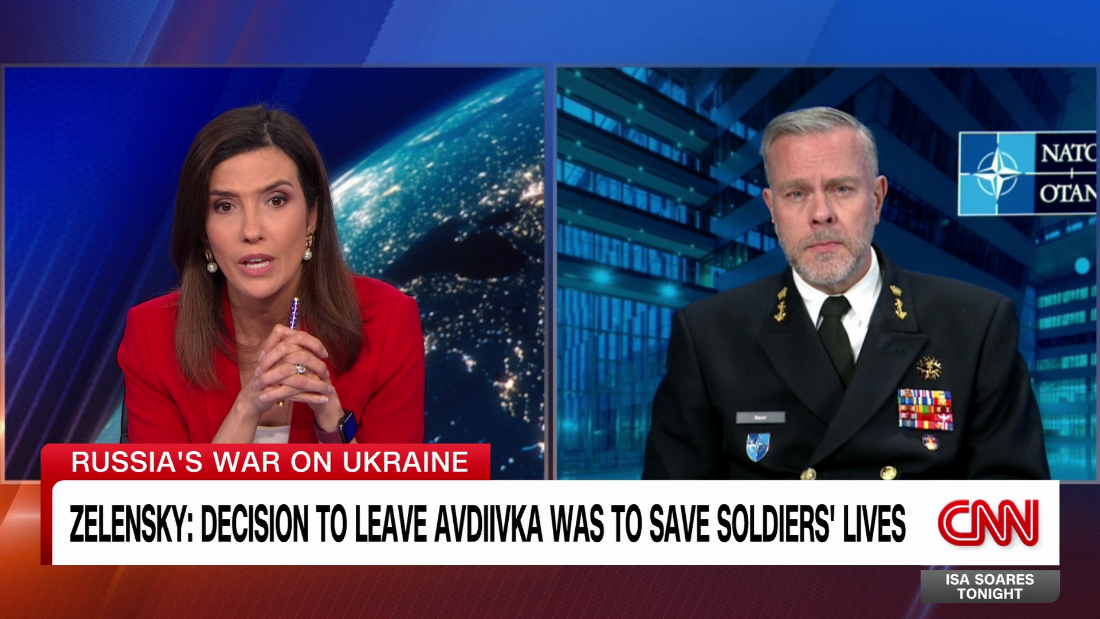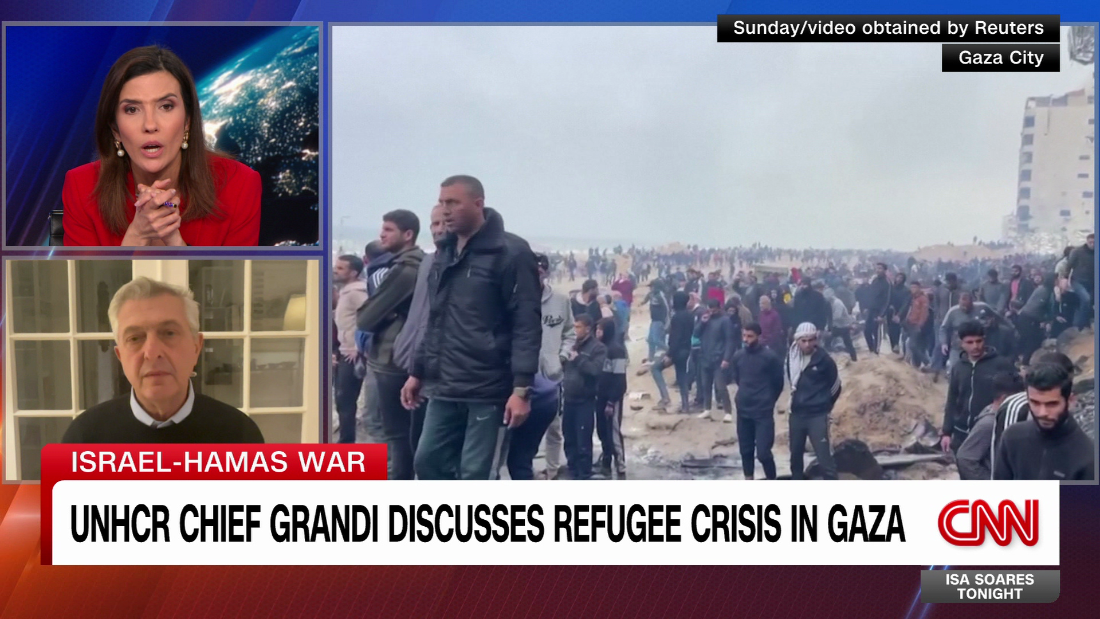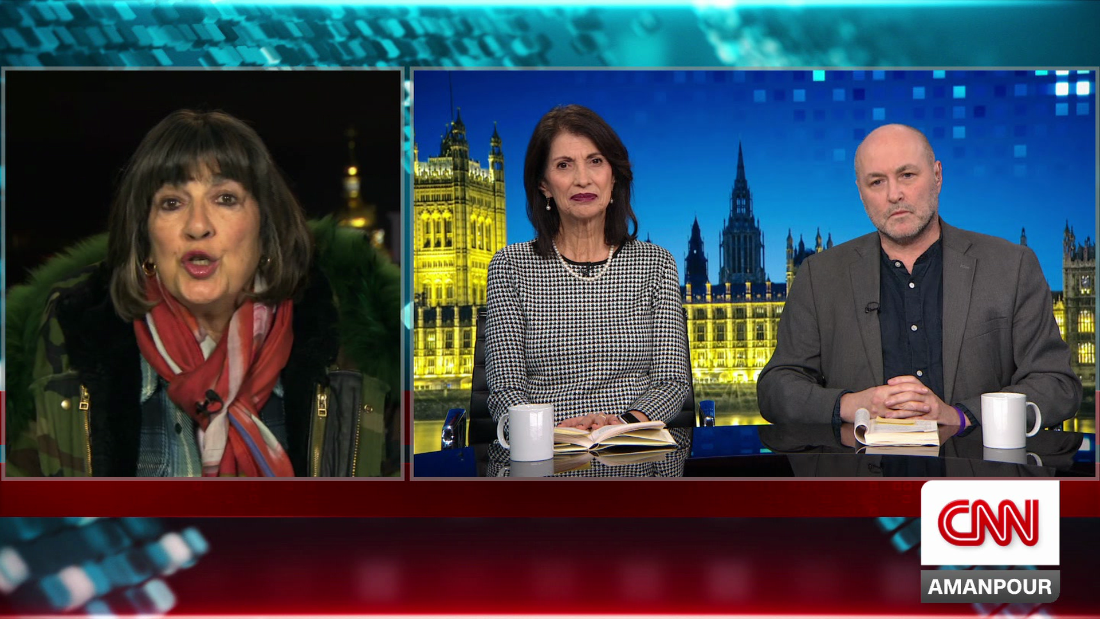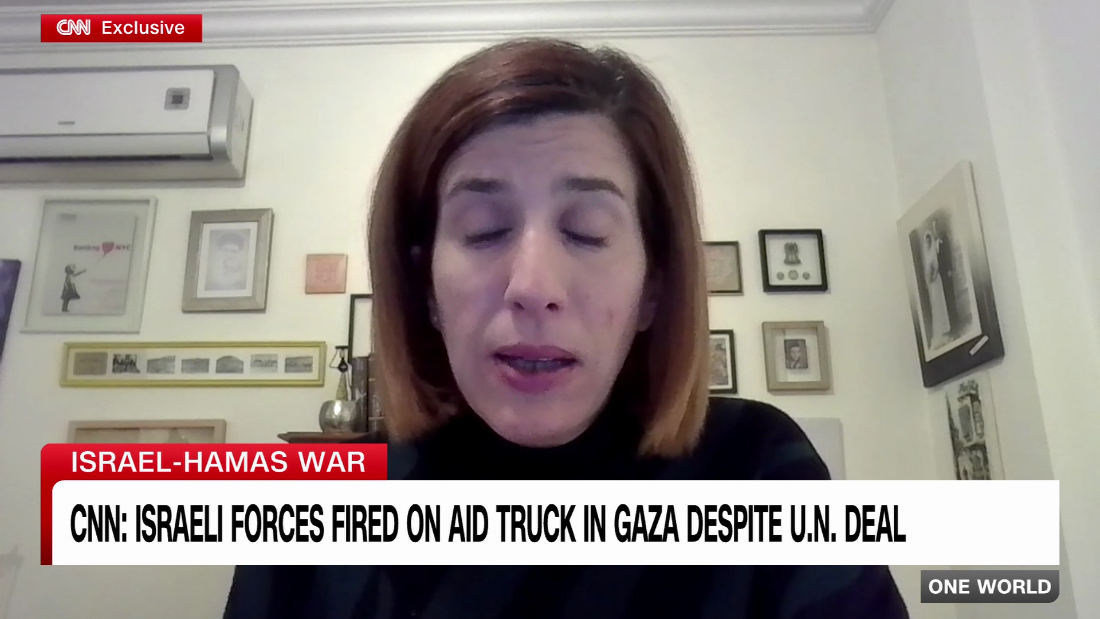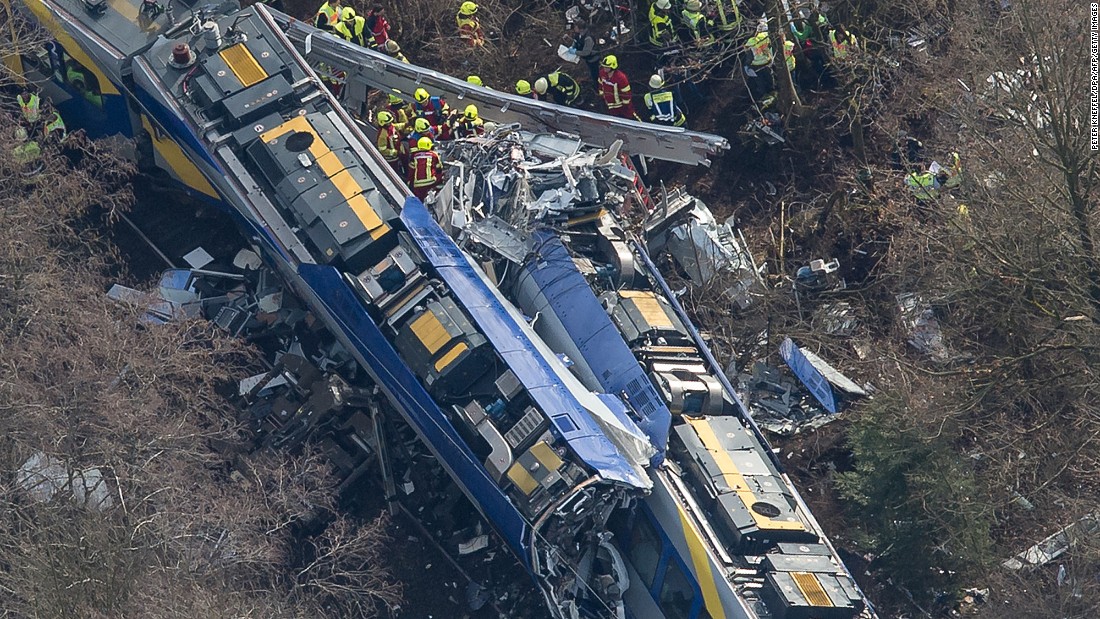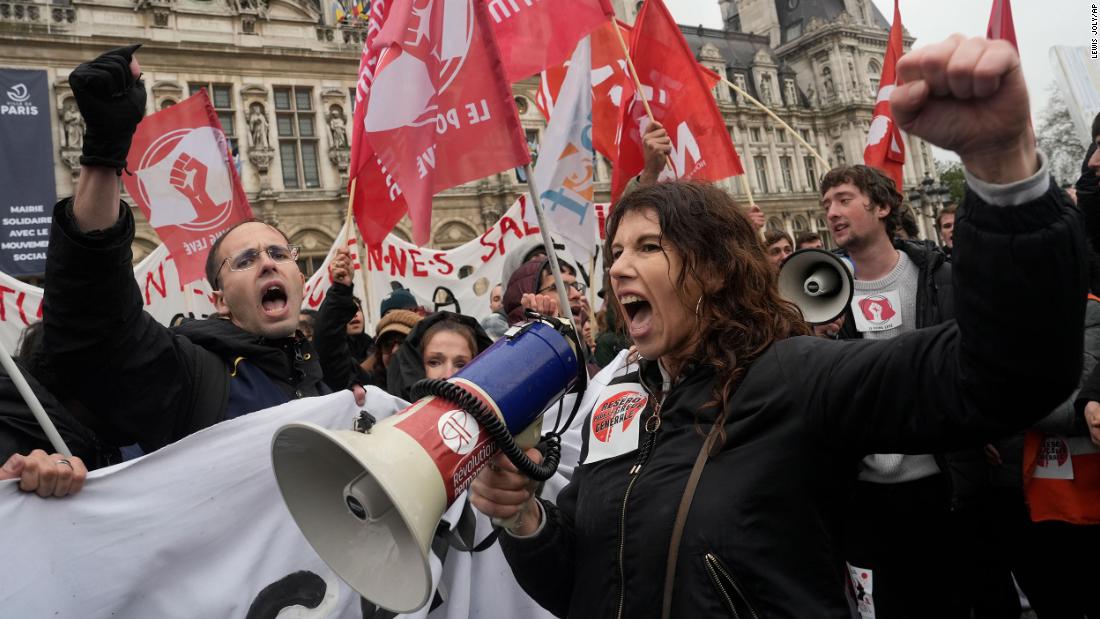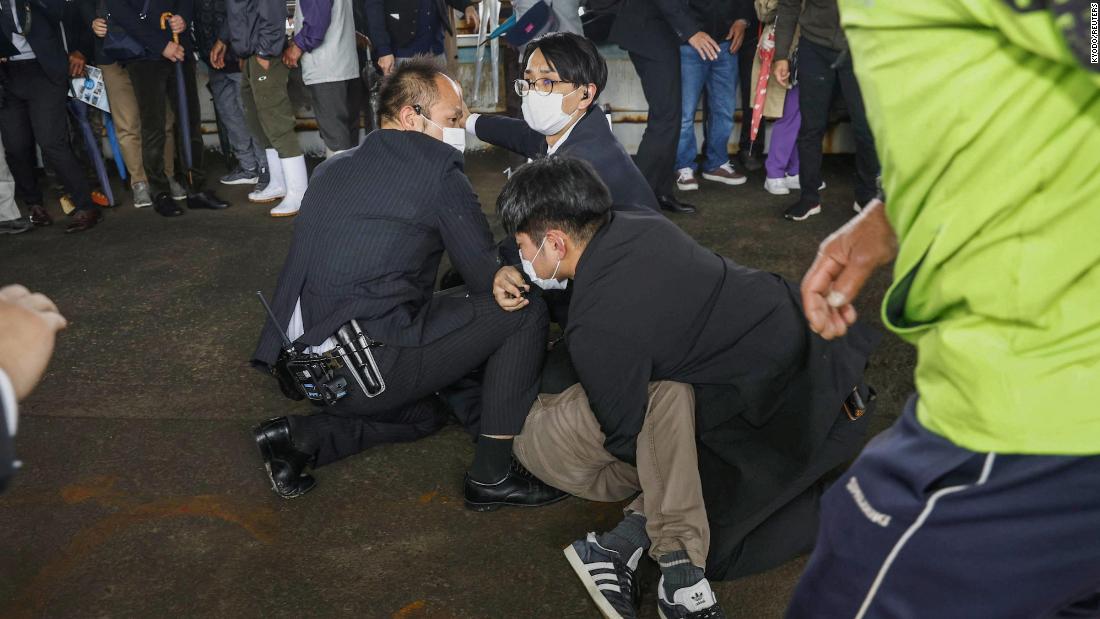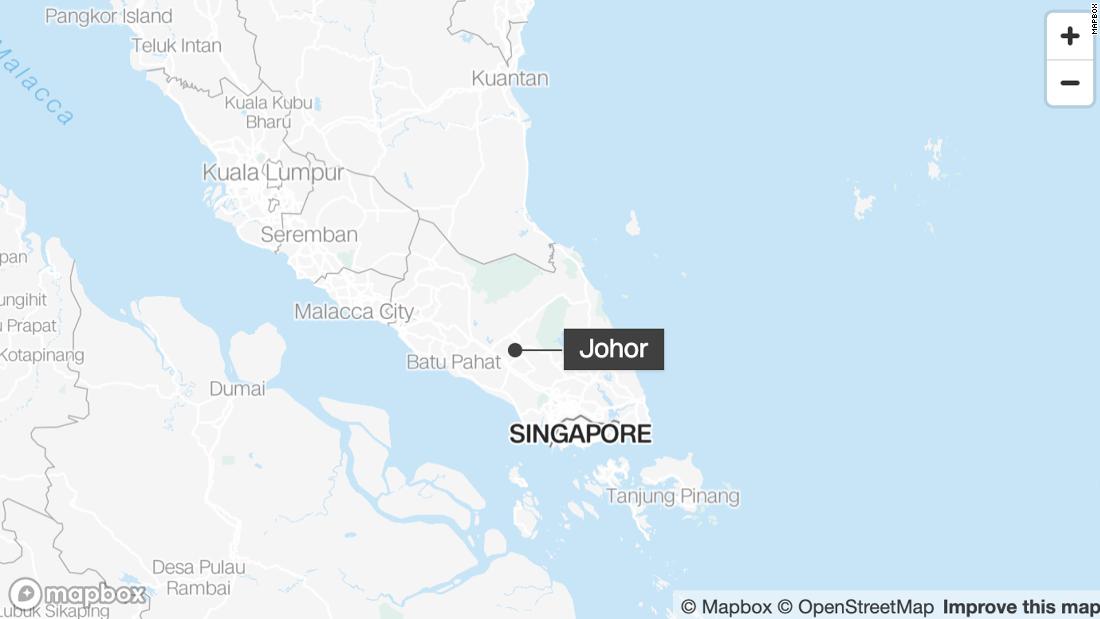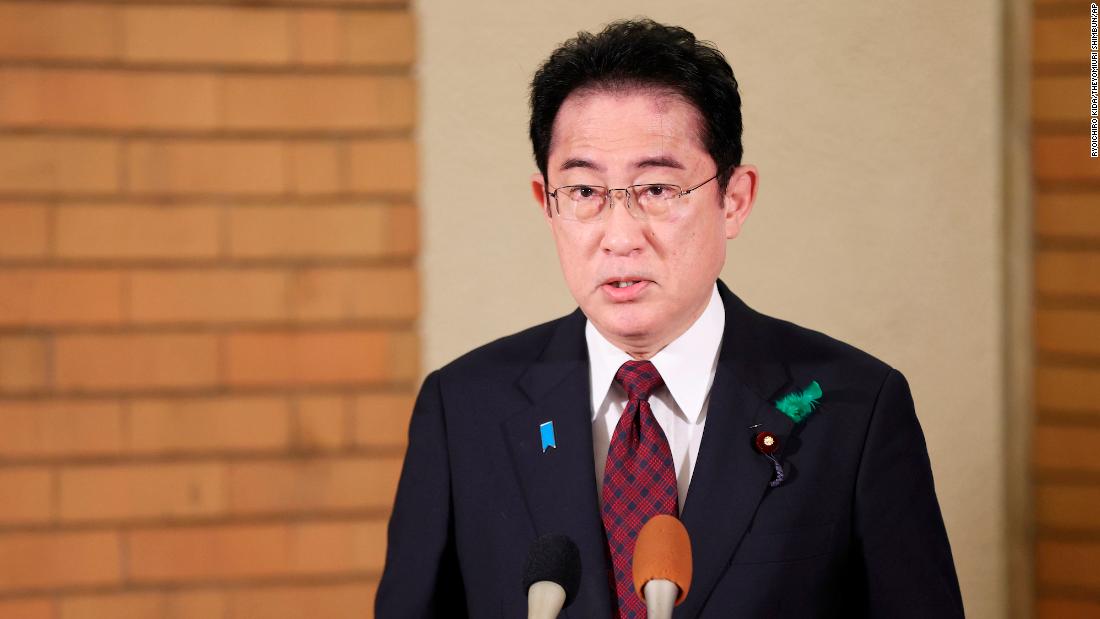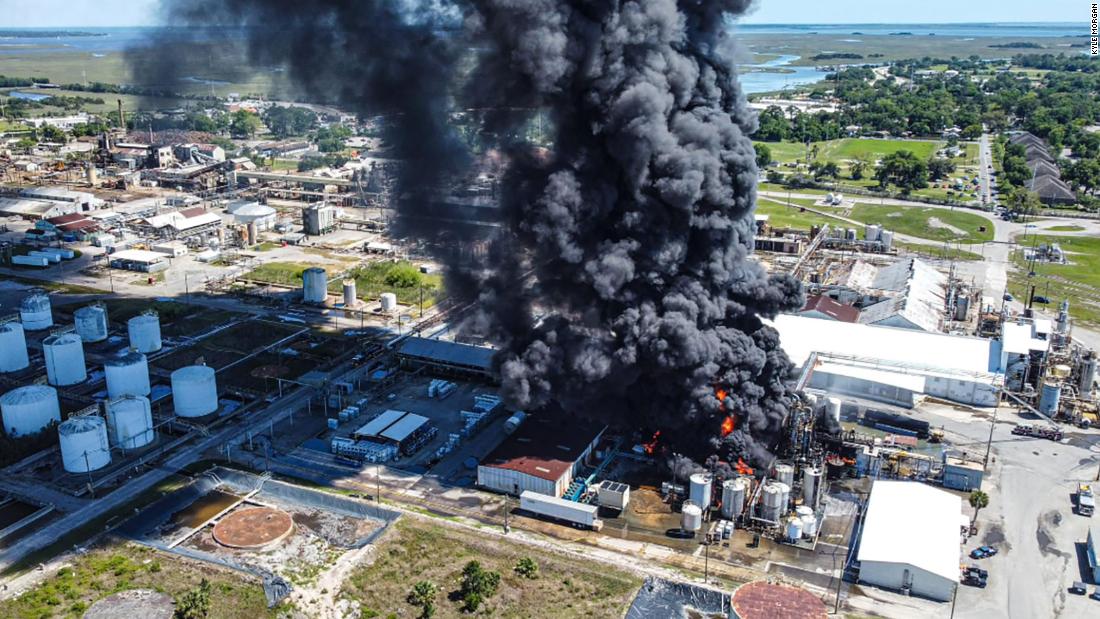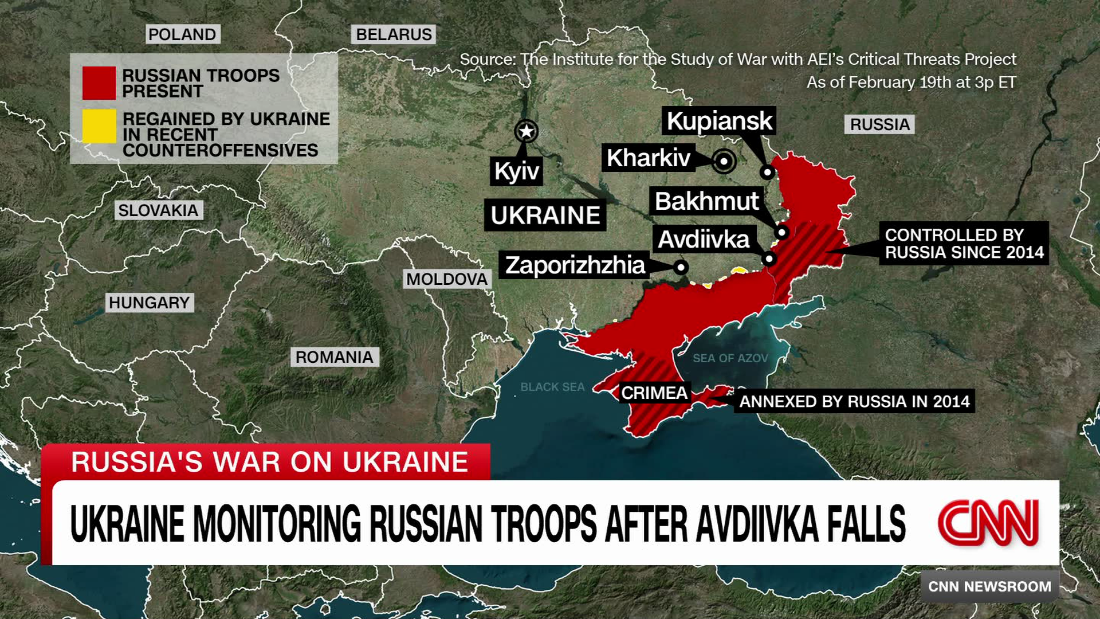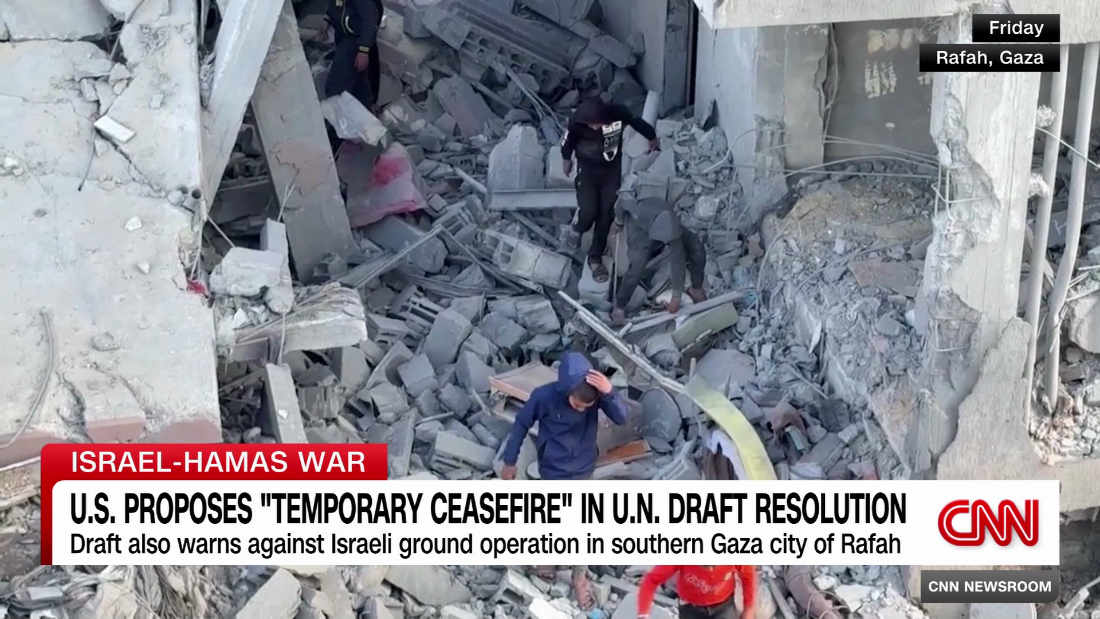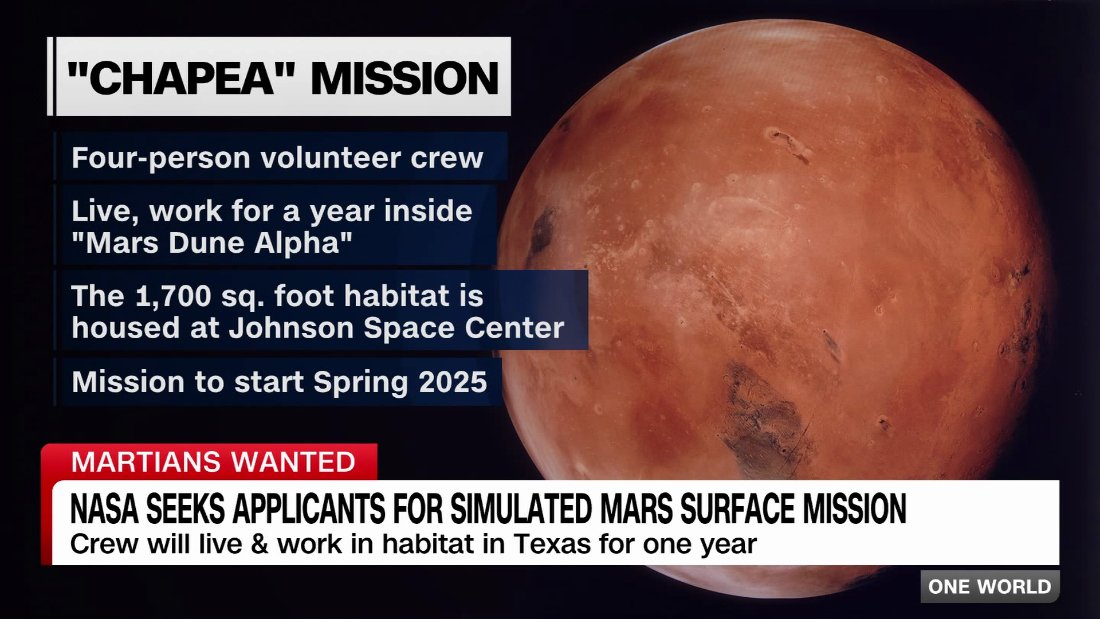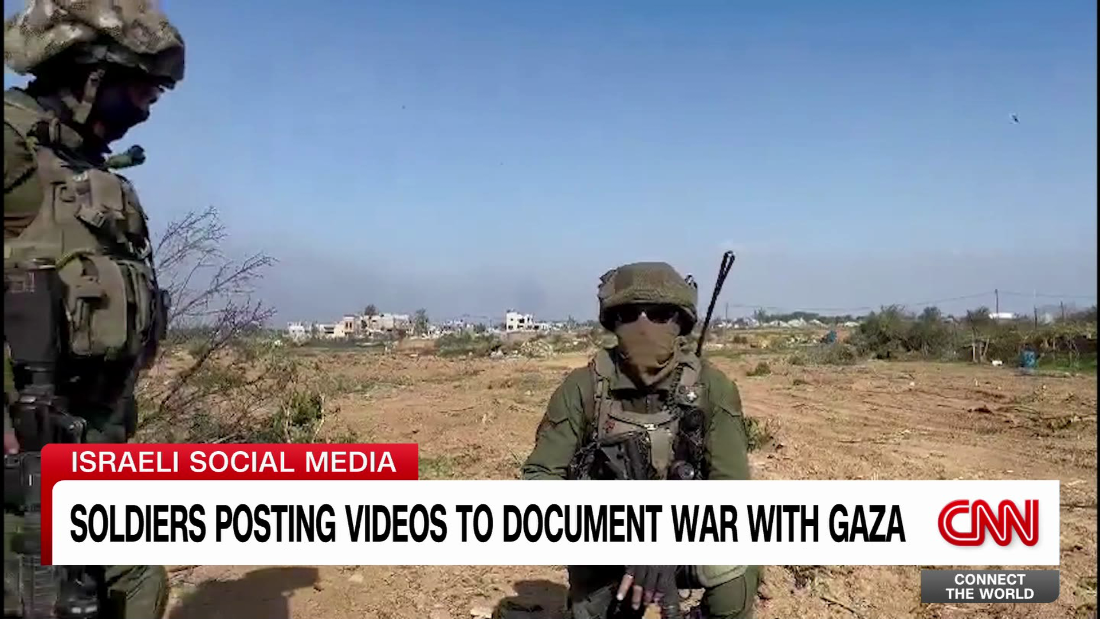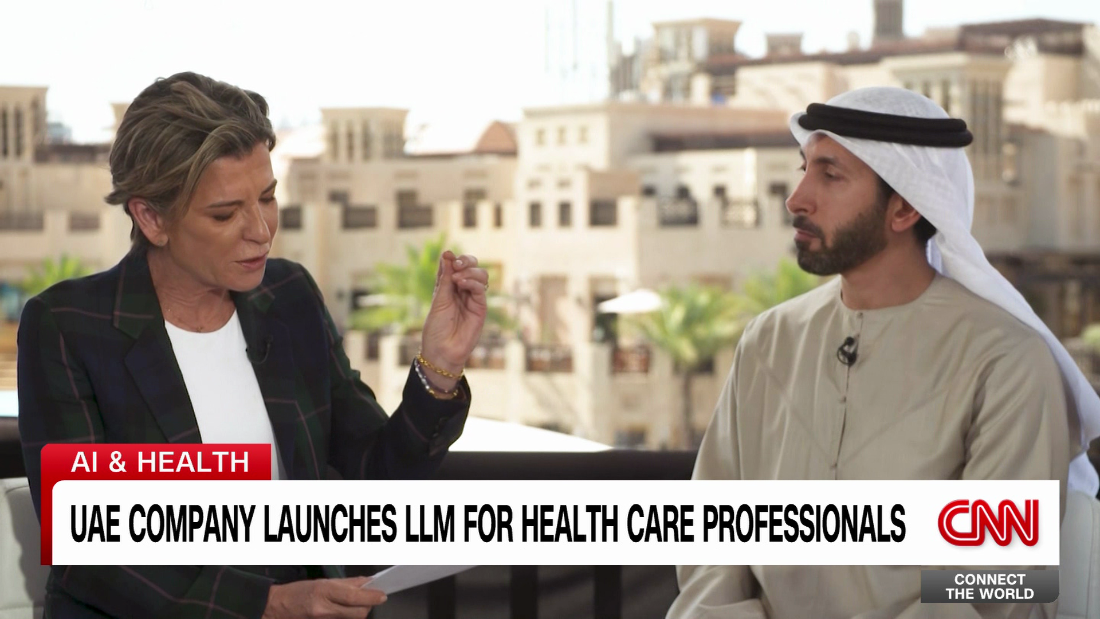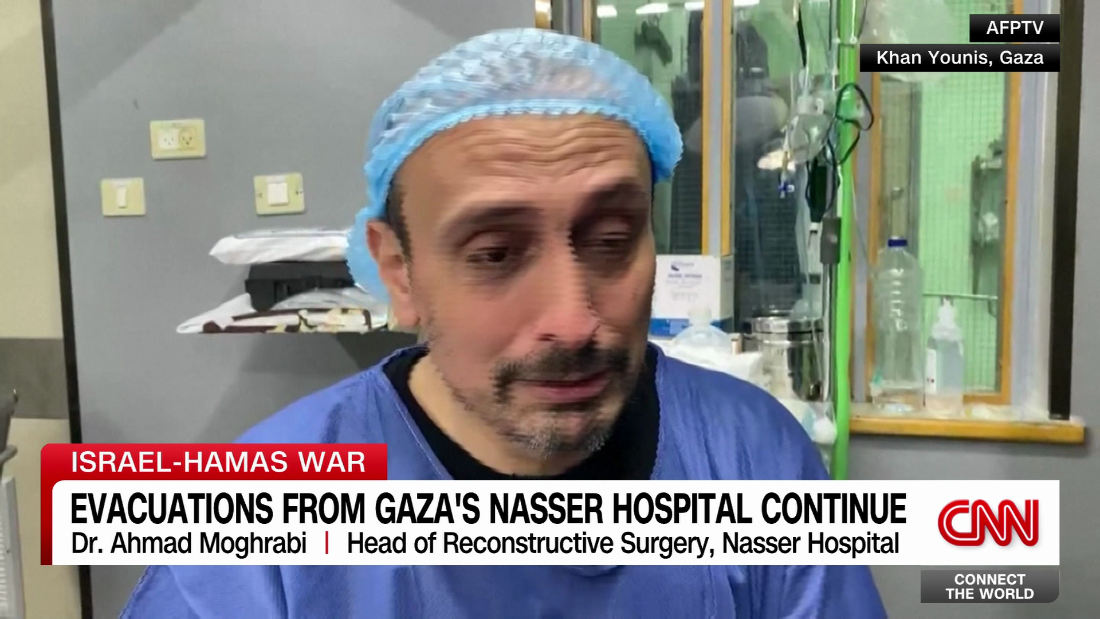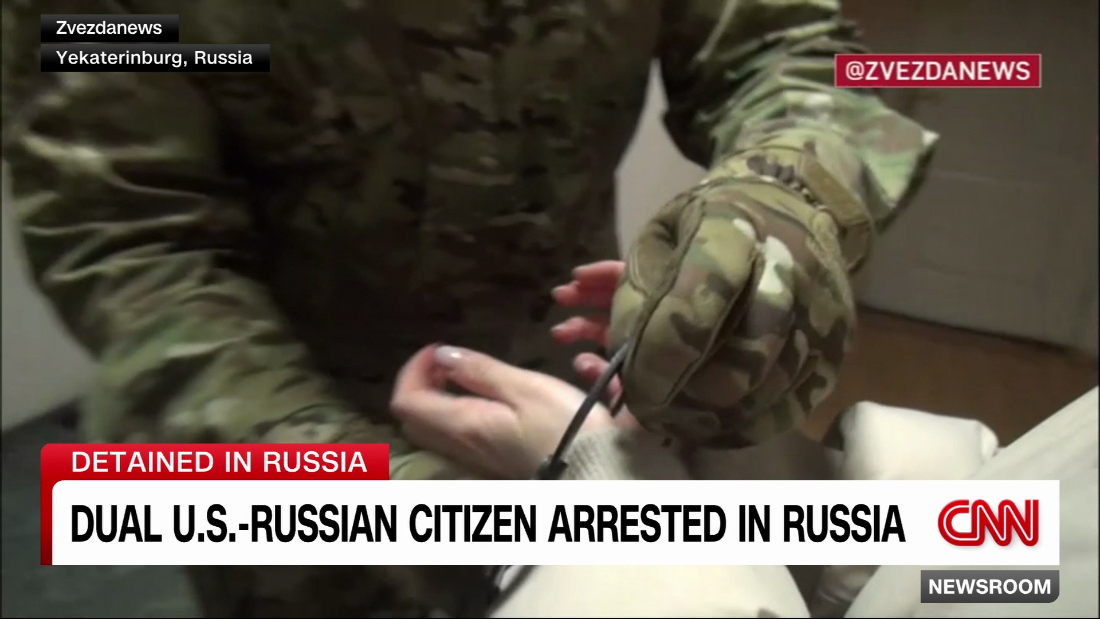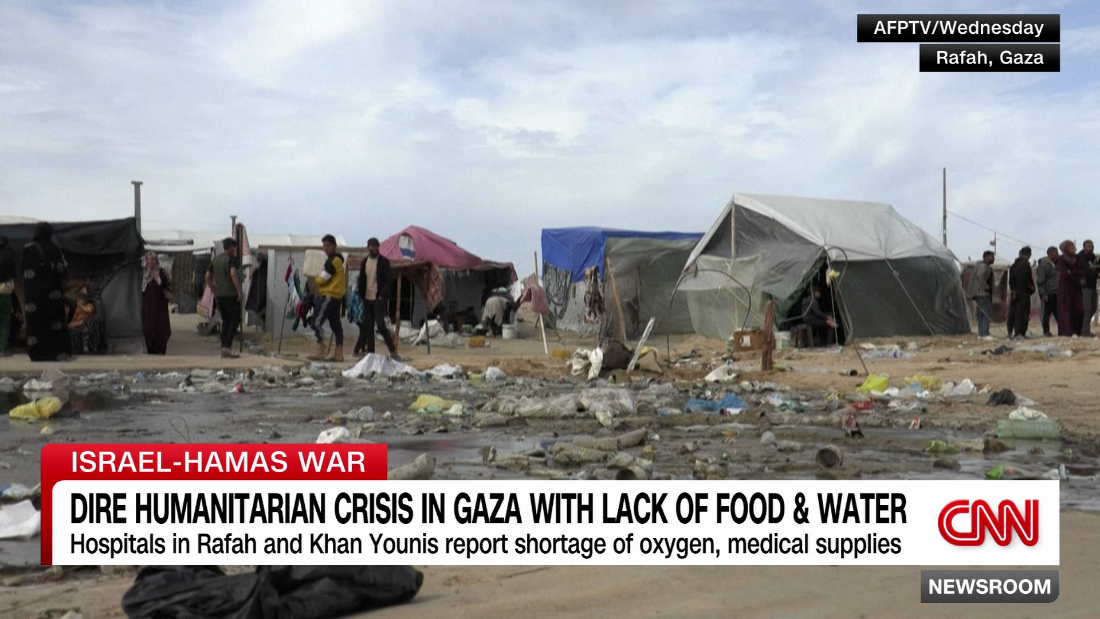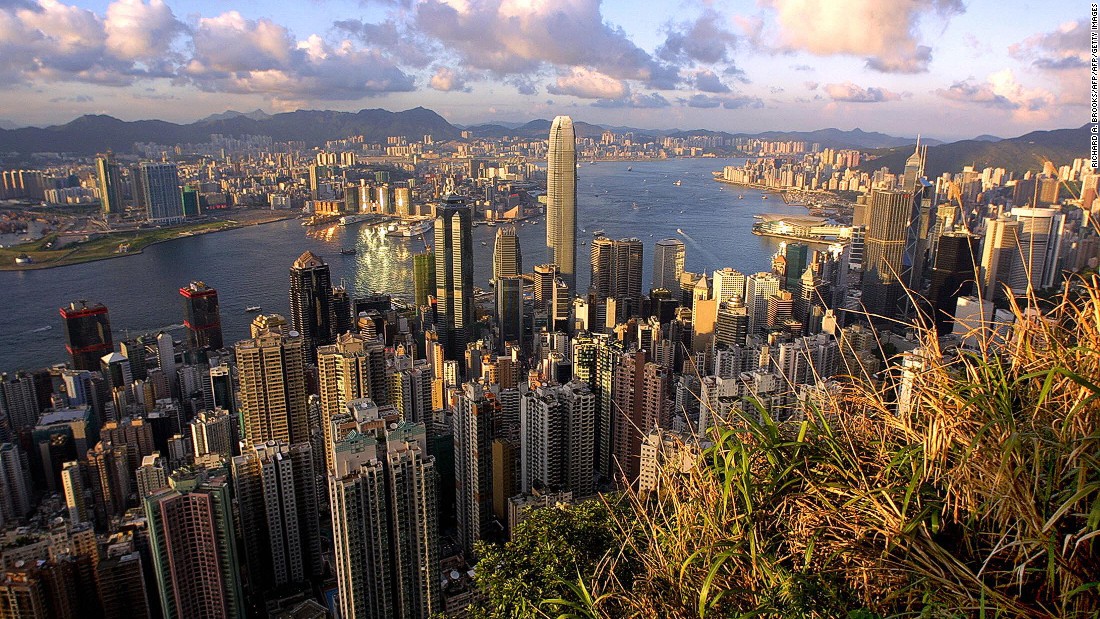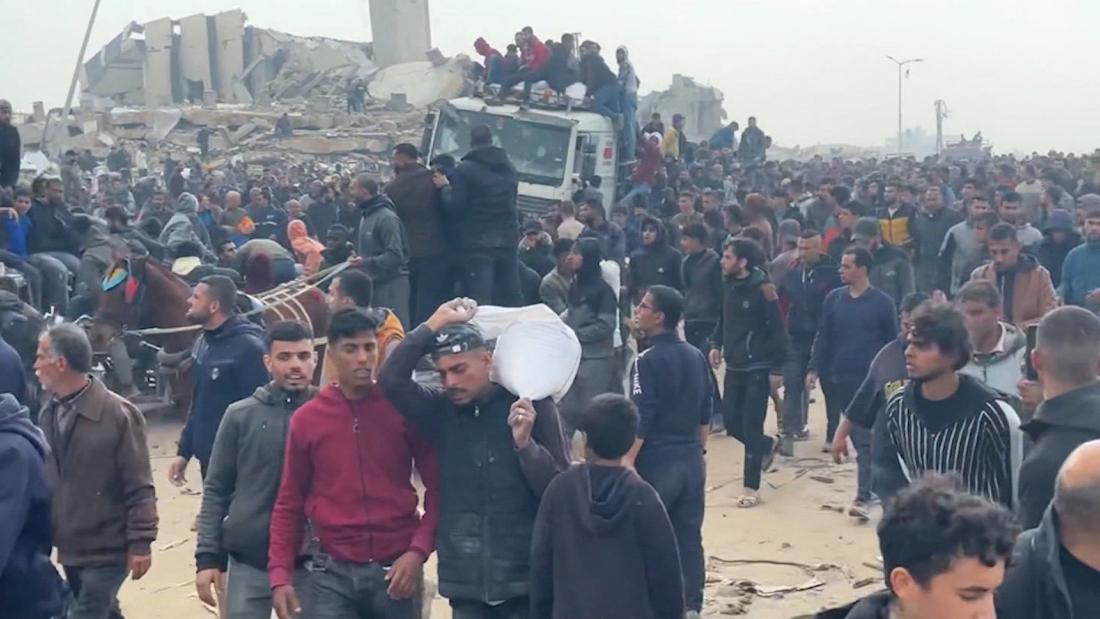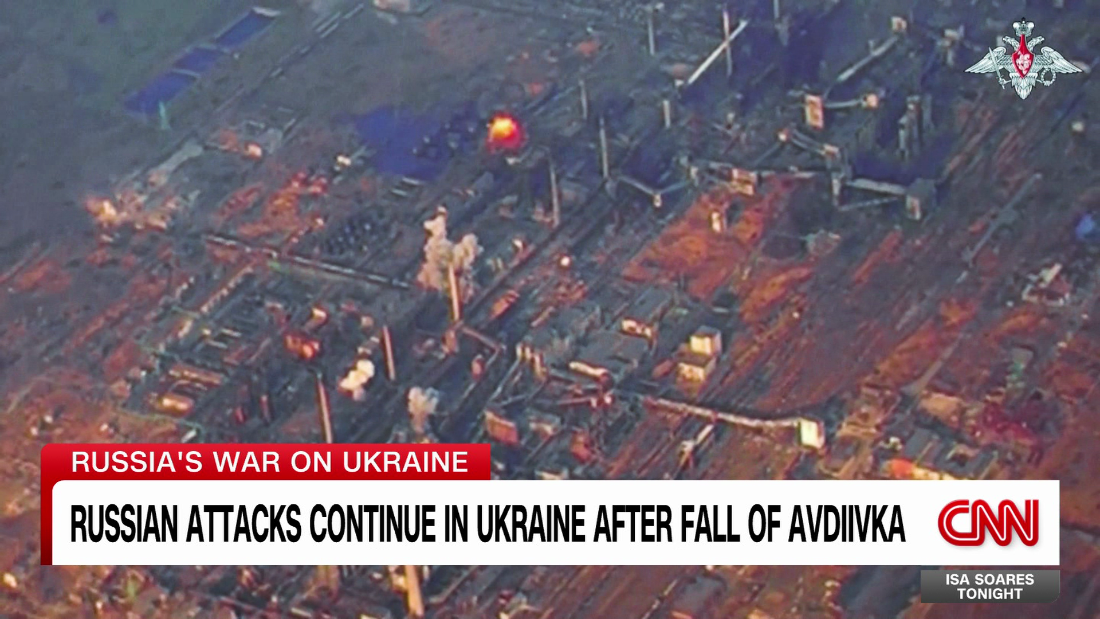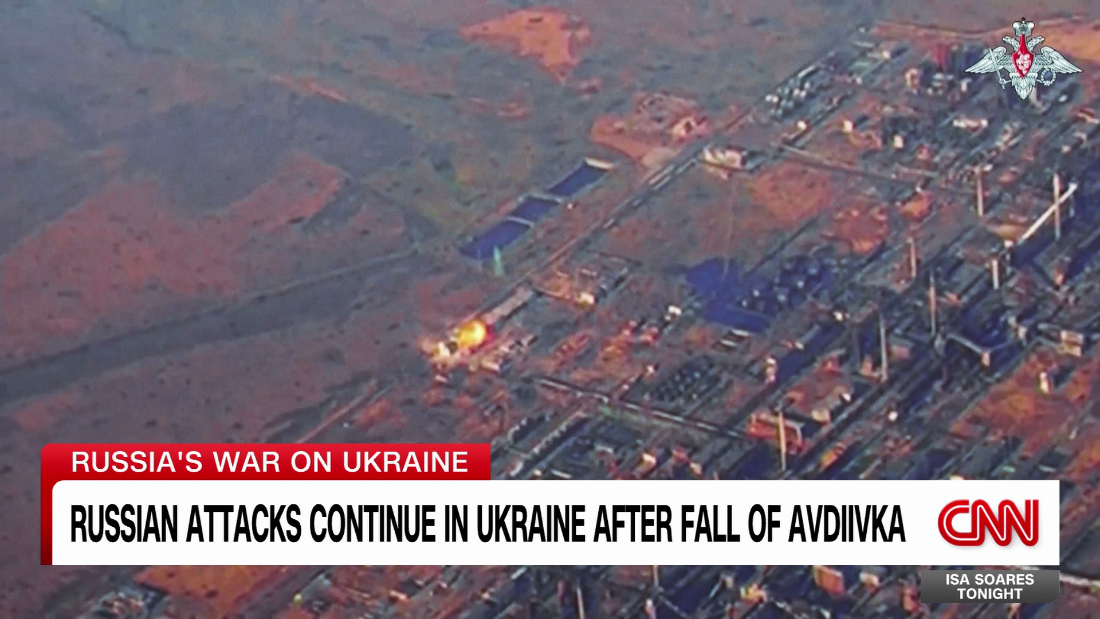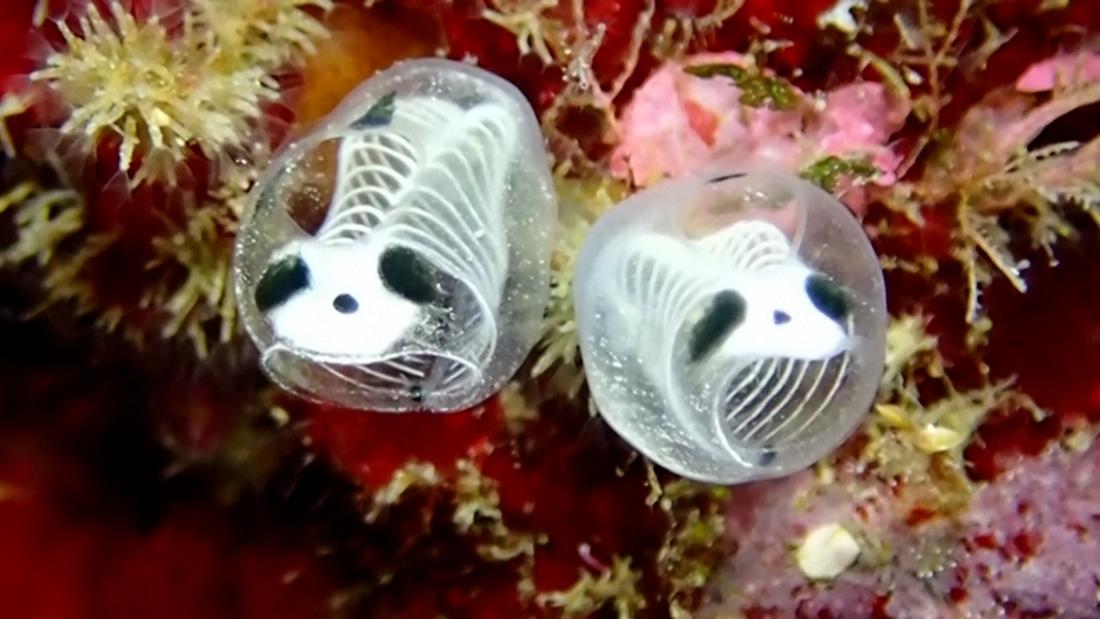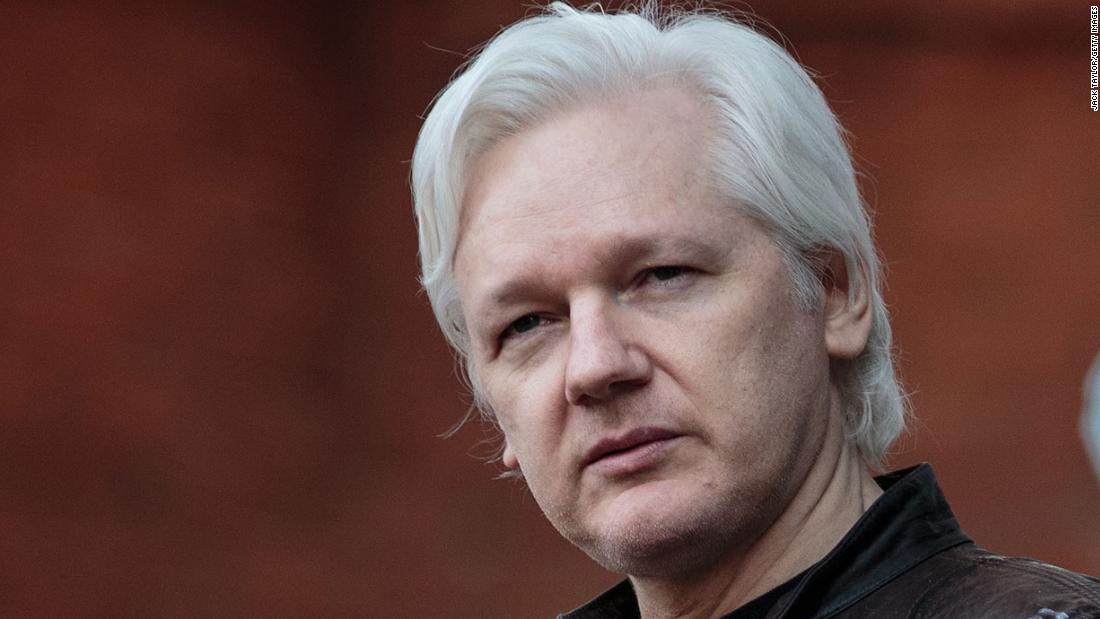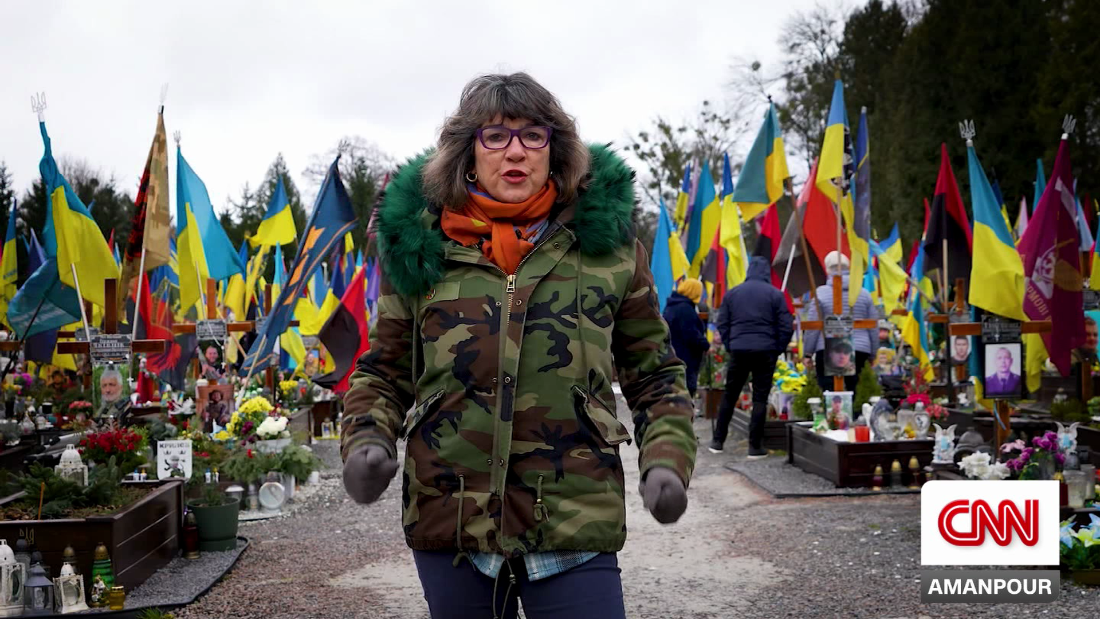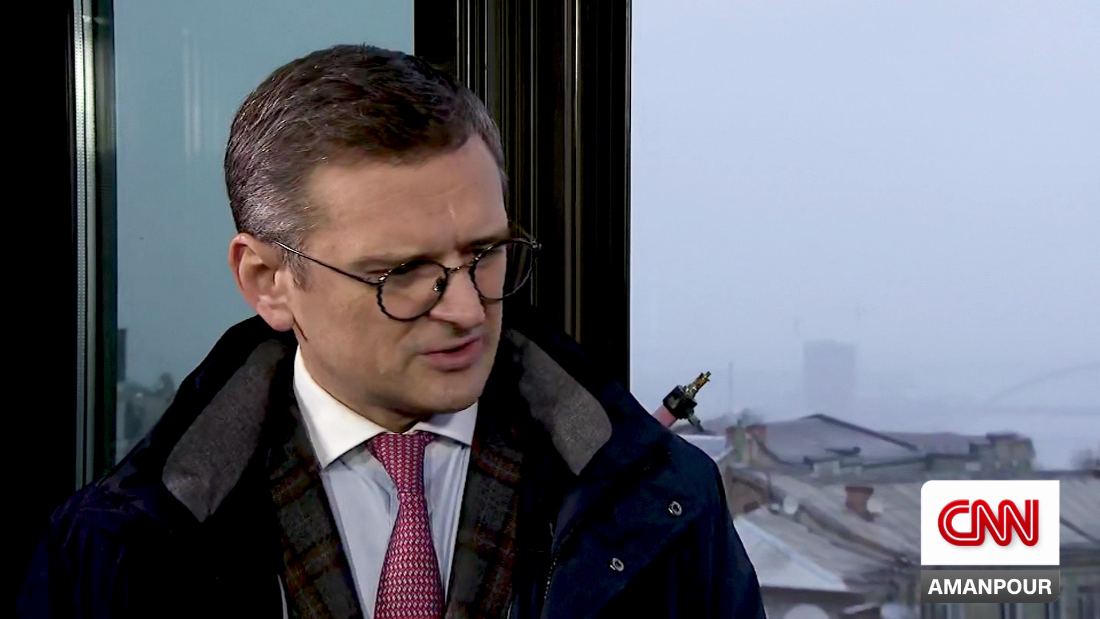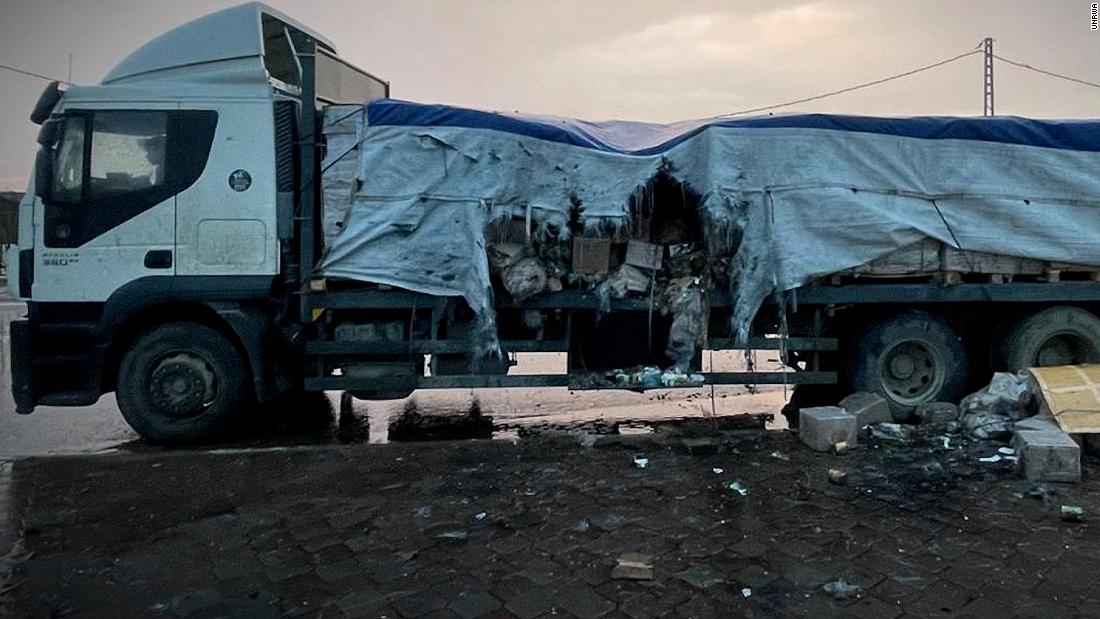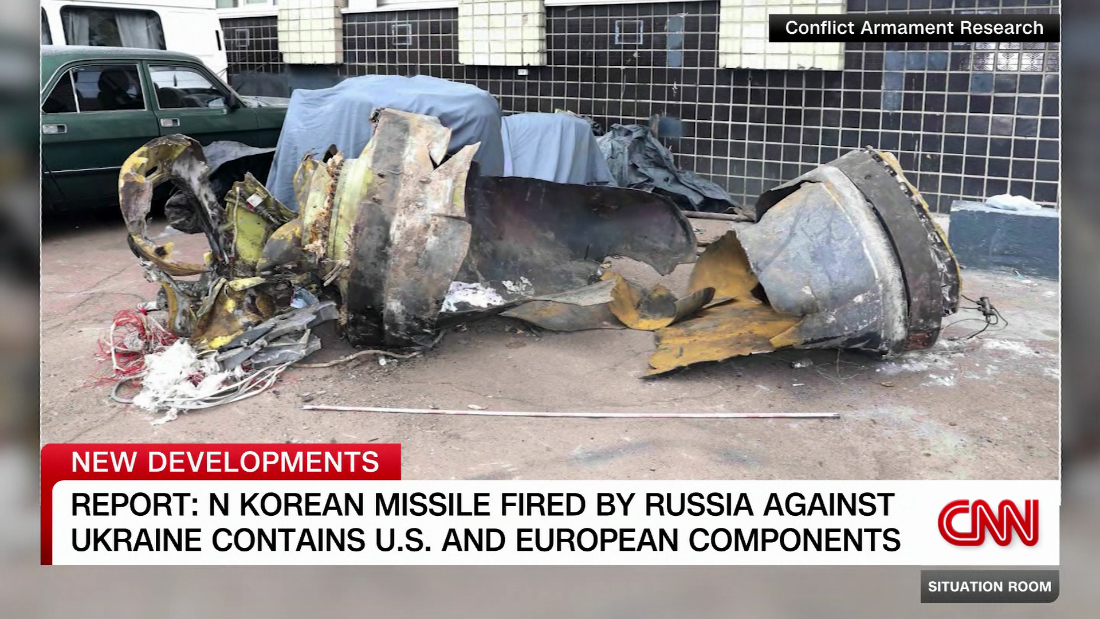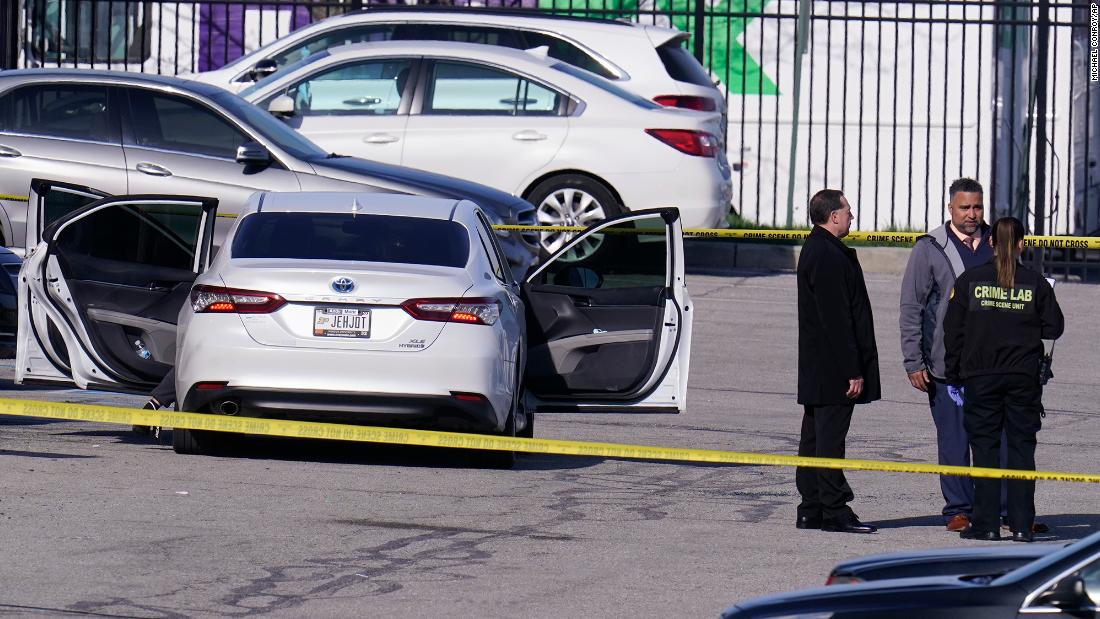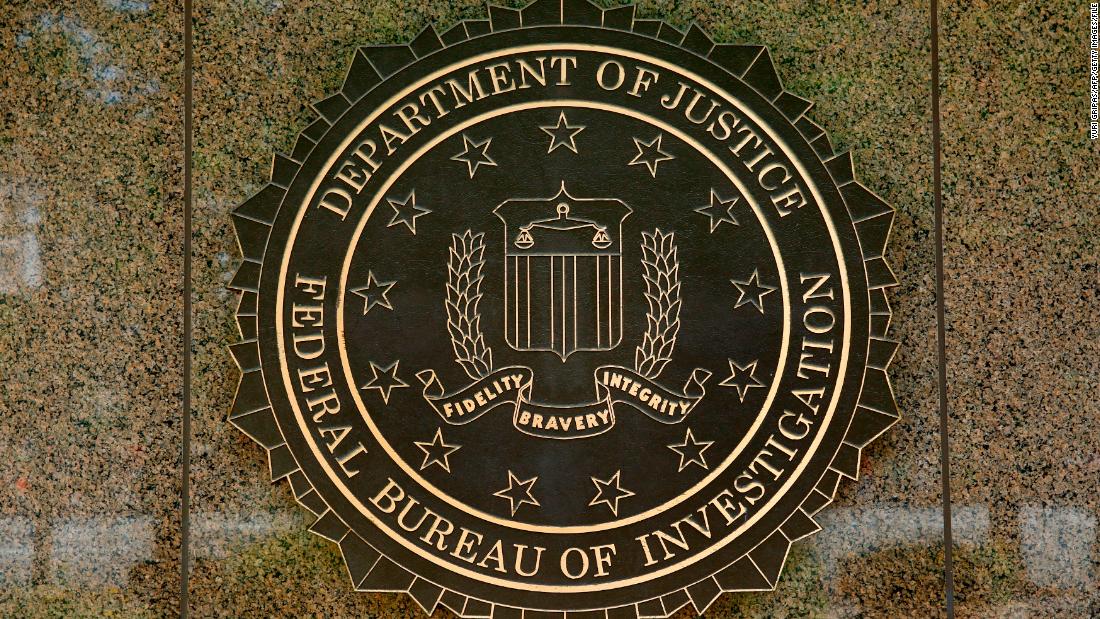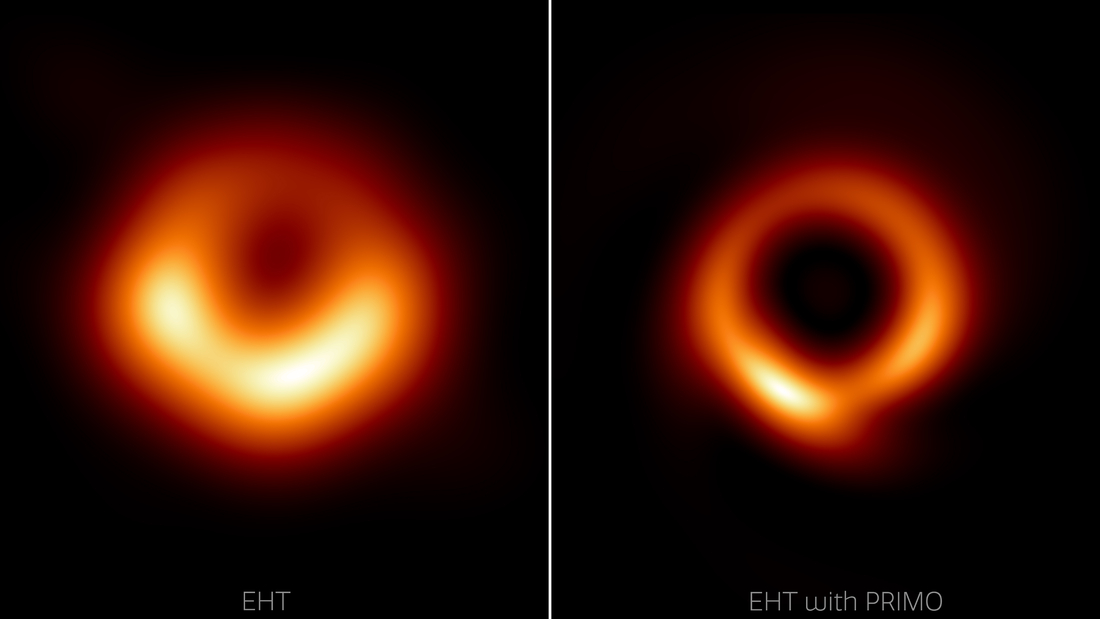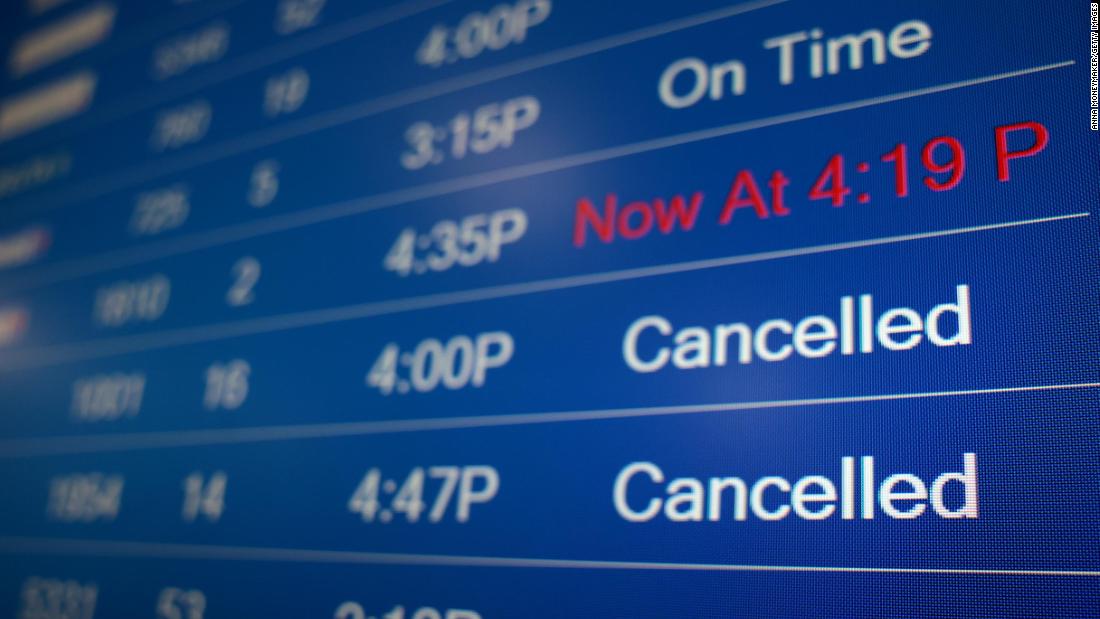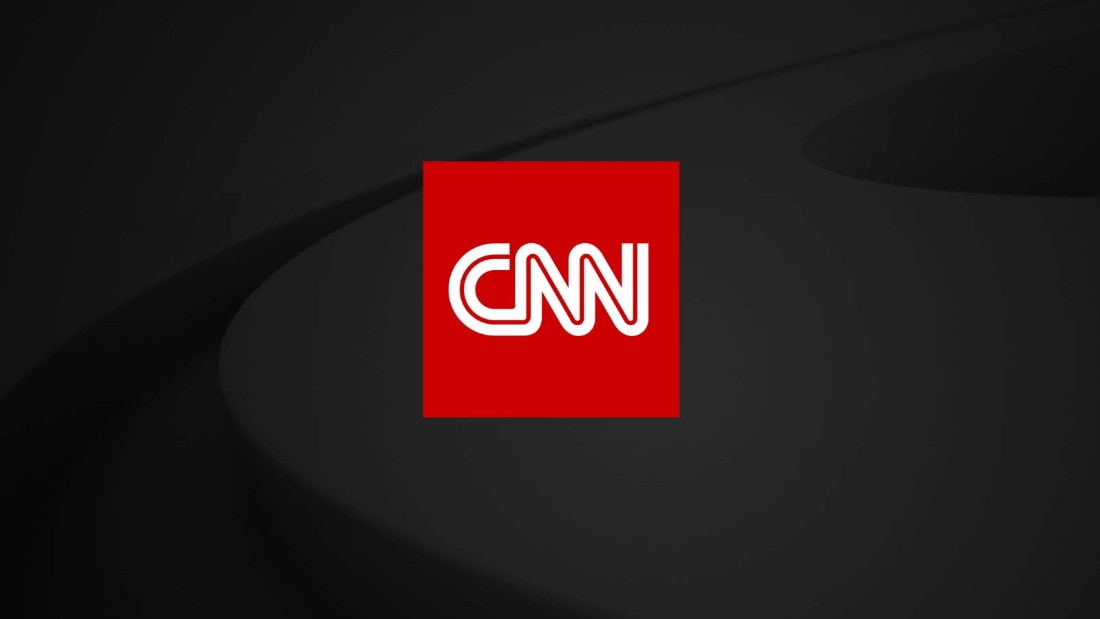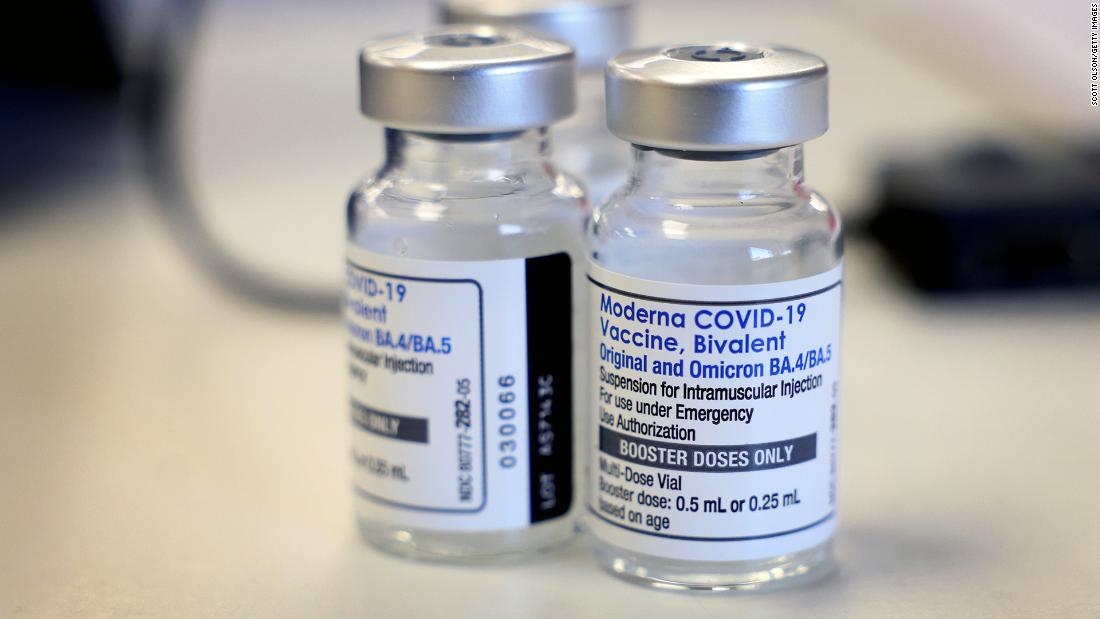THE US pummelled Iran’s nuclear plants with a dozen 14-ton bunker-buster bombs and 30 Tomahawk missiles last night.
Trump hailed the strikes a “spectacular military success” while Tehran vowed “everlasting consequences” would follow.
White HousePresident Donald Trump and his national security team meet in the Situation Room on Saturday[/caption]
The Mega AgencyTrump speaks to the nation from the East Room of the White House in Washington after the strike[/caption]
US AirforceB-2 Spirit drops a GBU-57 Massive Ordnance Penetrator (MOP) bomb (stock picture)[/caption]
Iranian Supreme Leader Ayatollah Ali Khamenei as seen last week from inside an underground bunker
The “prime” target was Iran’s mountain-fortress nuclear site Fordow, buried beneath 300ft of rock and steel, which only the US had the firepower to eliminate.
The uranium enrichment plant was pounded by an unprecedented blitz of twelve 30,000lb “bunker-buster” bombs, called GBU-57 Massive Ordnance Penetrators (MOP).
They were dropped from six B-2 bombers flying high in the atmosphere for 37 hours all the way from Missouri, the New York Times reported.
What we know so far…
The US dropped bombs on three of Iran’s nuclear sites
Bunker-buster bombs and sea missiles unleashed
Trump declares mountain fortress Fordow “is gone”
Iran has threatened “everlasting consequences” will follow
Keir Starmer urges Iran back to the negotiating table
Also hit were the nuclear plants at Natanz and Isfahan, which Israel had already targeted with its own missiles.
US submarines also launched around 30 Tomahawk missiles in a coordinated air-and-sea operation.
Trump declared that the Fordow plant is now “gone” and all the night’s targets were “obliterated”.
The bombing raid came just two days after Trump said he would decide “within two weeks” whether to join Israel’s strikes against Iran.
Trump addressed his country in a national broadcast last night and said: “Tonight I can report to the world that the strikes were a spectacular military success.
“Iran’s key nuclear enrichment facilities have been completely and totally obliterated.
“Iran, the bully of the Middle East, must now make peace. If they do not, future attacks will be far greater and a lot easier.
“There will be either peace or there will be tragedy for Iran far greater than we have witnessed over the last eight days.”
Trump said the US and Israel worked as a “team”, adding: “I want to thank and congratulate Prime Minister Bibi Netanyahu.
“We worked as a team like perhaps no team has ever worked before, and we’ve gone a long way to erasing this horrible threat to Israel.”
Netanyahu said afterwards: “Congratulations, President Trump.
“Your bold decision to target Iran’s nuclear facilities with the awesome and righteous mind of the United States will change history.
The US is now bracing for Iran to shoot back – with Trump warning they shouldn’t and should instead look for peace.
But pro-Ayatollah voices have warned that Trump’s bombing would be “a recipe for all-out war” in the region.
Hossein Shariatmadari, a pro-regime media figure, said: “It is now our turn to act without delay.
APPresident Donald Trump speaks from the East Room of the White House in Washington after the strikes[/caption]
AFPTrump addressed the world after announcing the strikes[/caption]
“As a first step, we must launch a missile strike on the US naval fleet in Bahrain and simultaneously close the Strait of Hormuz to American, British, German, and French ships.”
The US military used six of their flagship B-2 bombers to drop at least six GBU-57 Massive Ordnance Penetrator (MOP) 30,000lb “bunker-buster” bombs on Fordow, officials revealed.
They said the assessments indicated that the facility had been “taken off the table”.
While 30 BGM-109 Tomahawk Land-Attack Cruise Missiles (TLAMs) were launched from submarines with the US Navy at the Natanz and Isfahan Nuclear Facilities.
It marked the first combat use of GBU-57 MOP in the history of warfare.
Iran’s state-run IRNA news agency reported early Sunday that attacks targeted the country’s Isfahan and Natanz nuclear sites.
IRNA quoted Akbar Salehi, Isfahan’s deputy governor in charge of security affairs, saying there had been attacks around the sites. He did not elaborate.
Another official confirmed an attack targeting Iran’s underground Fordow nuclear site.
AFPFordow Fuel Enrichment Plant in Iran[/caption]
On Saturday, the US deployed B-2 long-range stealth bombers capable of dropping the bunker-buster bombs required to wipe out Iran’s most secretive nuclear facility – Fordow.
Israel said its airstrikes on Iran will not stop until it destroys the regime’s capability of enriching uranium to weapons-grade and making a nuclear weapon.
At the heart of its nuclear program, the Fordow Fuel Enrichment Plant, is encased in steel more than 300 feet beneath solid rock.
Israel’s arsenal lacked huge bunker-buster bombs needed to destroy the underground enrichment facility – some 125 miles from capital Tehran.
The attack now threatens to ignite a massive Middle East war involving the US, Israel and Iran.
Analysis: Global security implications
PHILIP Ingram, expert on international security
“Iranian ballistic missiles will not reach the United States and therefore to try and respond to the United States attack Iran’s going to have to do something different.
“It’ll bring its coalition of the willing that it has together or as we call them the axis of evil. So we’ve got Iran, Russia, North Korea and China.
“China will likely sit back and wait to see what’s happening, to begin with. But North Korea may provide Iran with some missile technology.
“Russia is sitting there laughing all the way to the bank effectively.
“The escalating conflict helps Russia by moving Russia-Ukraine further down the agenda so that people aren’t focusing on it.
“Iran and Russia will join forces to try and cause as much disruption in different countries as possible through protest and through disinformation.
“There will be two reactions directly out of Iran. One, the stimulation of their proxy organisations that they have operating across the world. Hamas and Hezbollah have been largely destroyed by Israel.
“But they’ve still got the Houthis in Yemen. I think we will see a massive uptake in Houthi activity in disrupting international shipping in the Red Sea.
“The other reaction could be trying to close the Straits of Hormuz. 30 percent of the world’s oil and gas goes through there.
“Even a threat to close it will put energy prices spiking to a level that will make the spike we saw when Russia invaded Ukraine seem like small change.”
UN chief Guterres said he was “gravely alarmed by the use of force by the United States against Iran”.
He called it a “dangerous escalation in a region already on the edge and a direct threat to international peace and security.”
He added: “There is a growing risk that this conflict could rapidly get out of control with catastrophic consequences for civilians, the region, and the world.
“At this perilous hour, it is critical to avoid a spiral of chaos. There is no military solution. The only path forward is diplomacy. The only hope is peace.”
Iran’s Atomic Energy Organisation said it would not allow the development of its “national industry” to be stopped, and said the attacks violated international law. It did not clarify the extent of damage.
Israel launched a surprise barrage of attacks on sites in Iran on June 13, which Israeli officials said was necessary to head off what they claimed was an imminent threat that Iran would build nuclear bombs.
Iran, which has long insisted its nuclear program is peaceful, has retaliated with a series of missile and drone strikes in Israel, while Israel has continued to strike sites in Iran.
The US and Iran had been in talks that could have resulted in the US lifting some of its crushing economic sanctions on Iran in exchange for Tehran drastically limiting or ending its enrichment of uranium.
Until Saturday, Washington had helped shoot down Iranian strikes on Israel but had not launched direct attacks on Iran.
Nuke sites that were bombed last night
By Sayan Bose, Foreign News Reporter
Fordow enrichment facility
Iran’s nuclear facility at Fordow is located some 60 miles southwest of Tehran, which hosts centrifuge cascades.
Its construction began at least in 2007, according to the IAEA, although Iran only informed the UN nuclear watchdog about the facility in 2009 after the US and allied Western intelligence agencies became aware of its existence.
Buried under a mountain and protected by anti-aircraft batteries, Fordow appears designed to withstand airstrikes.
Military experts have said it could likely only be targeted by bunker buster bombs, a term for bombs that are designed to penetrate deep below the surface before exploding, such as the latest GBU-57 A/B Massive Ordnance Penetrator bomb in the American arsenal.
The roughly 30,000-pound precision-guided bomb is designed to attack deeply buried and hardened bunkers and tunnels.
The US has only configured and programmed its B-2 Spirit stealth bomber to deliver that bomb, according to the Air Force.
The B-2 is only flown by the Air Force, and is produced by Northrop Grumman, meaning that Washington would have to be involved in such an operation.
Natanz enrichment facility
Iran’s nuclear facility at Natanz, located some 135 miles southeast of Tehran, is the country’s main enrichment site and had already been targeted by Israeli airstrikes.
Uranium had been enriched to up to 60% purity at the site a mildly radioactive level but a short step away from weapons grade before Israel destroyed the aboveground part of the facility, according to the UN’s nuclear watchdog, the International Atomic Energy Agency.
Another part of the facility on Iran’s Central Plateau is underground to defend against potential airstrikes.
It operates multiple cascades, or groups of centrifuges working together to more quickly enrich uranium.
The IAEA has said it believes that most, if not all, of these centrifuges were destroyed by an Israeli strike that cut off power to the site.
The IAEA said those strikes caused contamination only at the site itself, not the surrounding area.
Iran also is burrowing into the Kh-e Kolang Gaz L, or Pickax Mountain, which is just beyond Natanzs southern fencing.
Natanz has been targeted by the Stuxnet virus, believed to be an Israeli and American creation, which destroyed Iranian centrifuges.
Two separate attacks, attributed to Israel, also have struck the facility.
Isfahan Nuclear Technology Centre
The facility in Isfahan, some 215 miles southeast of Tehran, employs thousands of nuclear scientists.
It is also home to three Chinese research reactors and laboratories associated with the country’s atomic program.
Israel has struck buildings at the Isfahan nuclear site, among them a uranium conversion facility.
The IAEA said there has been no sign of increased radiation at the site.
Iran has several other sites in its nuclear program that were not announced as targets in the US strikes
Bushehr nuclear power station – Iran’s only commercial nuclear power plant is in Bushehr on the Persian Gulf, some 465 miles south of Tehran.
Iran is building two other reactors like it at the site.
Bushehr is fueled by uranium produced in Russia, not Iran, and is monitored by the IAEA.
Arak plant – The Arak heavy water reactor is 155 miles southwest of Tehran.
Heavy water helps cool nuclear reactors, but it produces plutonium as a byproduct that can potentially be used in nuclear weapons.
Iran had agreed under its 2015 nuclear deal with world powers to redesign the facility to relieve proliferation concerns.
Parchin military site – south of Tehran, this site is focused on research and the production of ammo, rockets and explosives.
Concerns have been raised that it is also used as part of Iran’s nuclear weapon development.
Qom uranium enrichment plant – a heavily fortified and initially secret facility where Iran carries out uranium enrichment.
The Tehran Research Reactor is at the headquarters of the Atomic Energy Organization of Iran, the civilian body overseeing the countrys atomic program.
It initially required highly enriched uranium but was later retrofitted to use low-enriched uranium over proliferation concerns.
Published: [#item_custom_pubDate]















